Choosing the right tree for your front yard is a crucial landscaping decision that impacts curb appeal for years to come. A small tree offers the perfect balance of scale, beauty, and function without overwhelming your home's facade or casting excessive shade. The ideal selection provides year-round interest, from spring blossoms and summer foliage to autumn color and winter structure. Whether you desire vibrant flowers, unique foliage, or a classic evergreen shape, there is a perfect small tree to complement your architectural style and transform your front yard into a welcoming and picturesque landscape.
1. Japanese Maple Tree for Sculptural Beauty
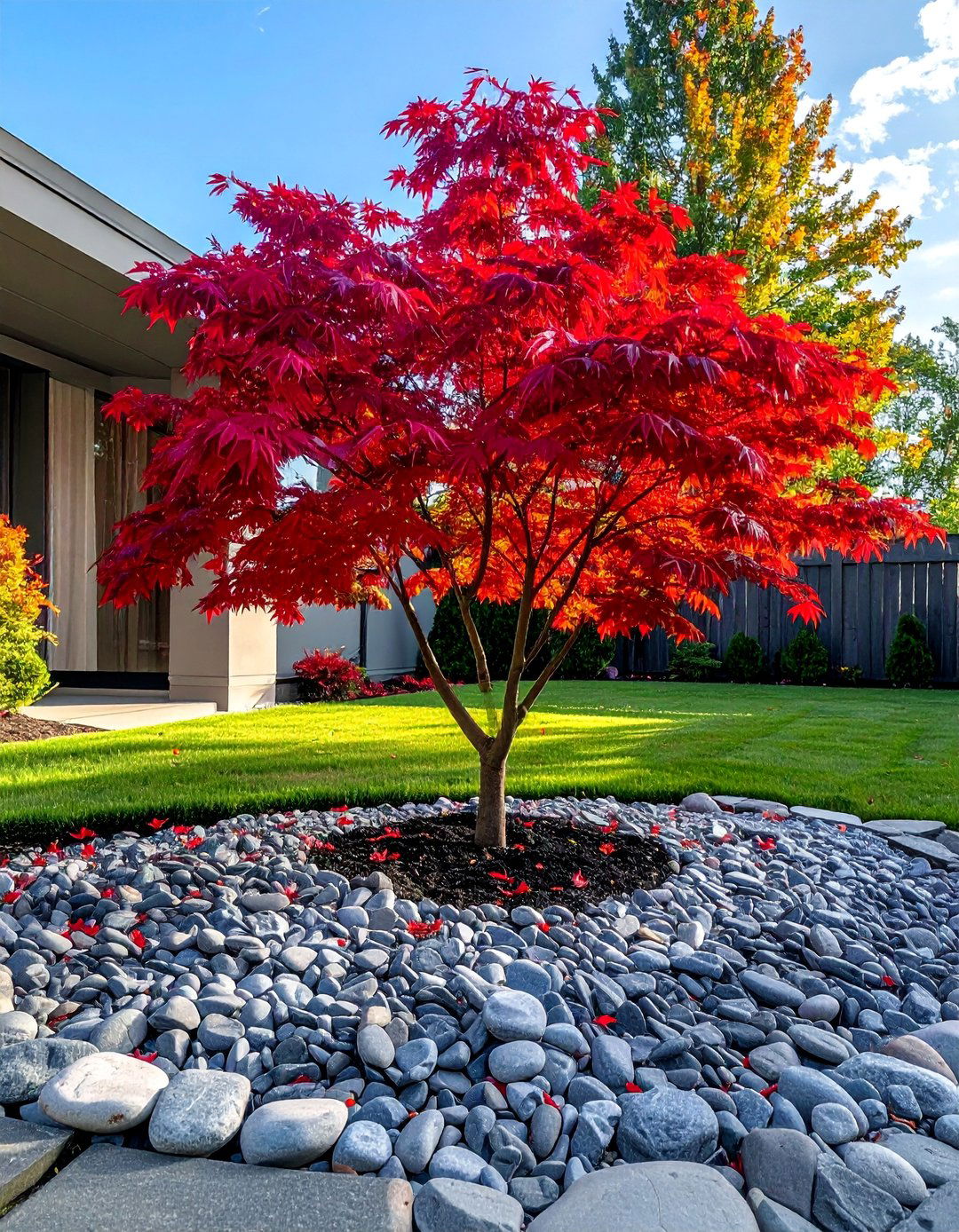
A Japanese Maple is an exceptional choice for adding artistic structure and vibrant color to front yard landscaping. Valued for its delicate, deeply lobed leaves and graceful, often twisting branches, this tree creates a stunning focal point. Varieties like 'Bloodgood' offer deep reddish-purple foliage that turns a brilliant scarlet in the fall, while others feature green or variegated leaves. Thriving in partially shaded spots, it is well-suited for planting near a home's foundation or as a standalone specimen in a mulched bed. Its compact size ensures it won't overpower smaller yards, providing four seasons of visual interest and unparalleled elegance.
2. Flowering Dogwood Tree for Classic Spring Blooms
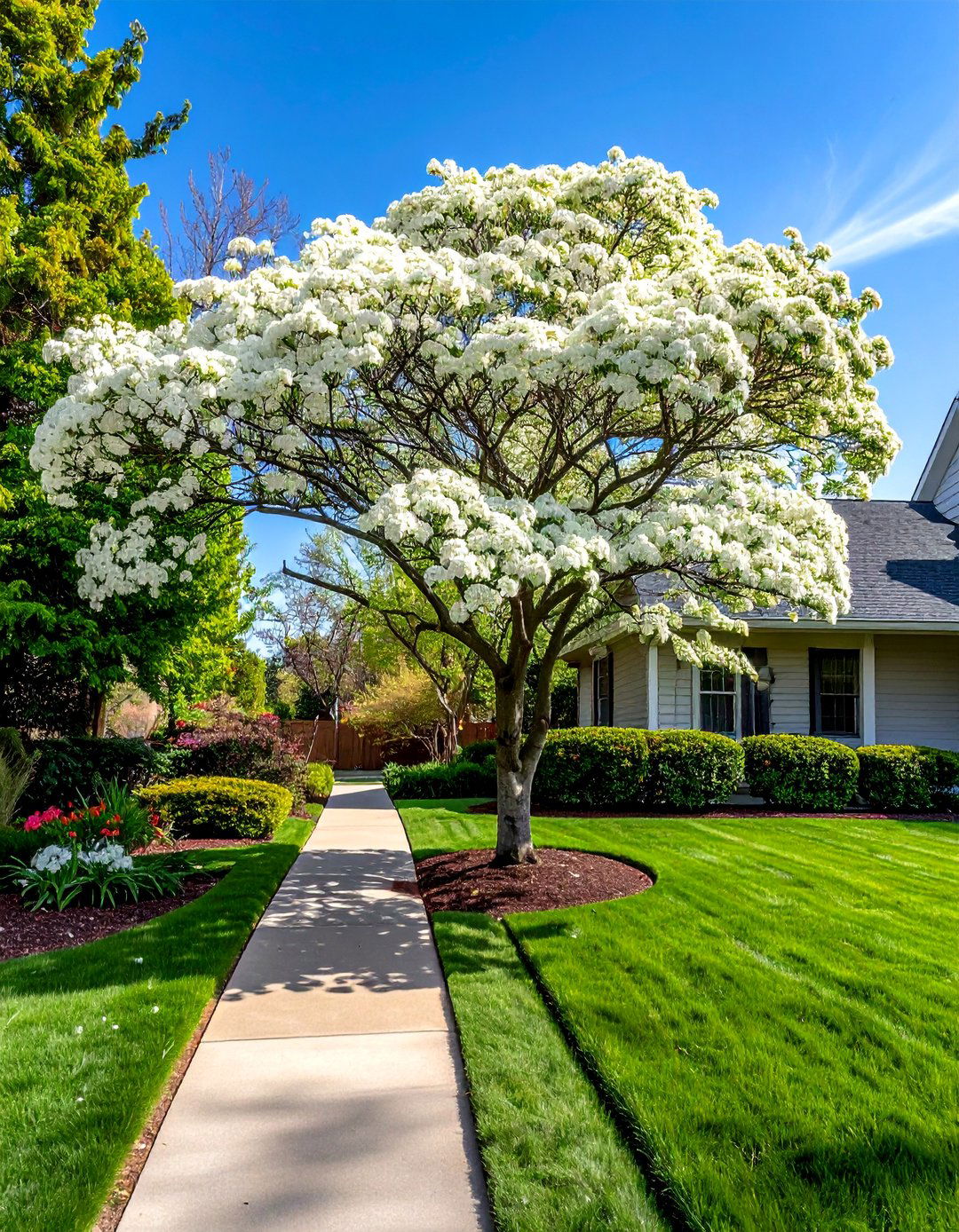
For a truly classic display of spring beauty, the Flowering Dogwood is an iconic selection for any front yard. This tree is celebrated for its large, showy bracts in shades of white, pink, or red that appear before the leaves unfurl. Its horizontally tiered branches create a lovely, layered silhouette that adds architectural interest throughout the year. Following the floral show, it produces glossy green leaves, which turn a spectacular reddish-purple in the fall, accompanied by bright red berries that attract birds. Its moderate growth rate and ultimate size of 15-25 feet make it perfectly scaled for residential landscapes.
3. Crape Myrtle Tree for Summer Flower Power
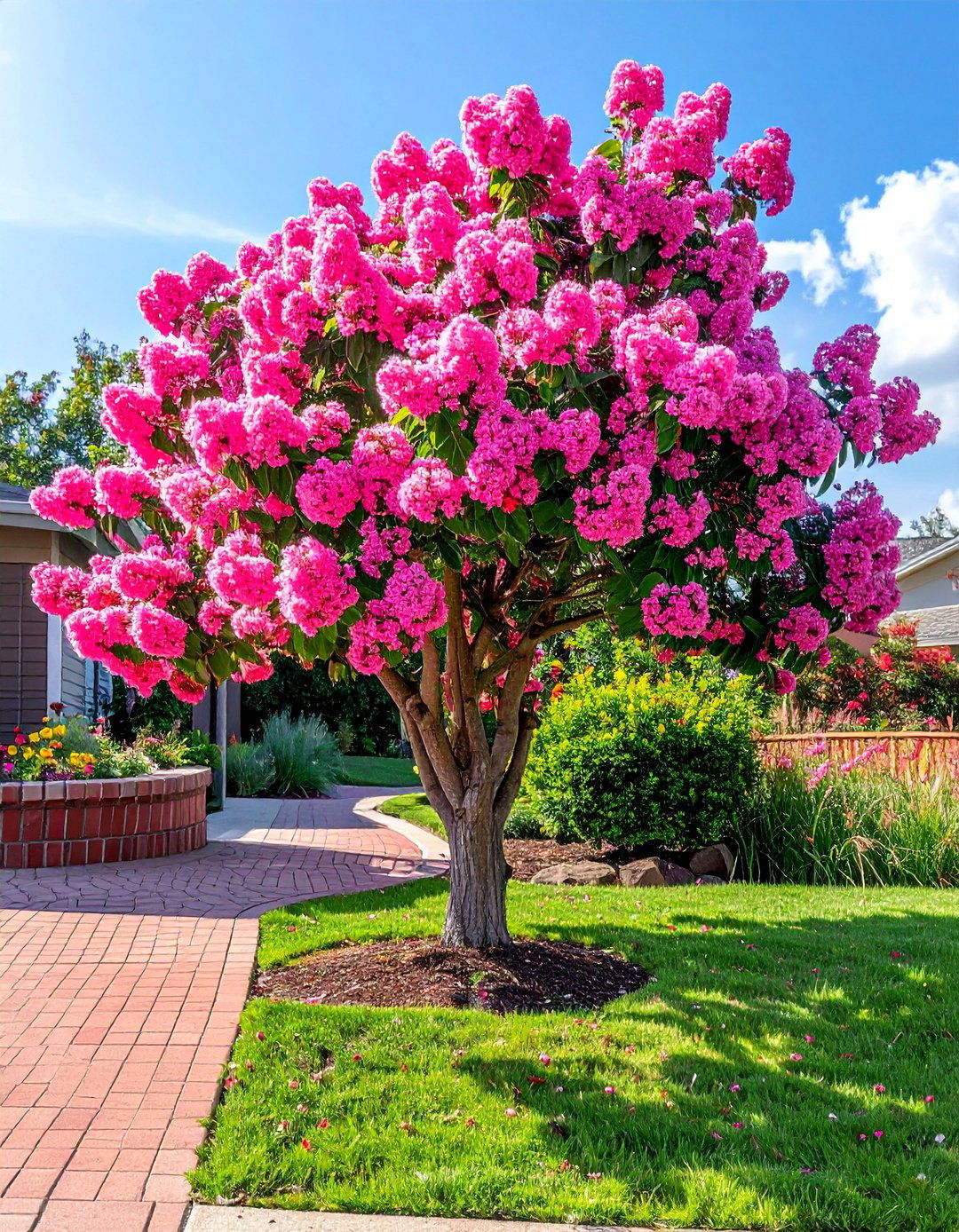
When summer heat arrives, a Crape Myrtle tree becomes the star of the front yard with its profuse, long-lasting blooms. These trees produce large panicles of crinkly flowers in vibrant shades of pink, purple, red, and white from mid-summer into early fall. Beyond its floral display, the Crape Myrtle offers attractive exfoliating bark that provides significant winter interest, revealing a smooth, mottled trunk in shades of tan and gray. Modern dwarf and semi-dwarf varieties are perfectly sized for small yards, are highly drought-tolerant once established, and thrive in full sun, making them a low-maintenance and colorful choice.
4. Eastern Redbud Tree for Early Spring Vibrancy
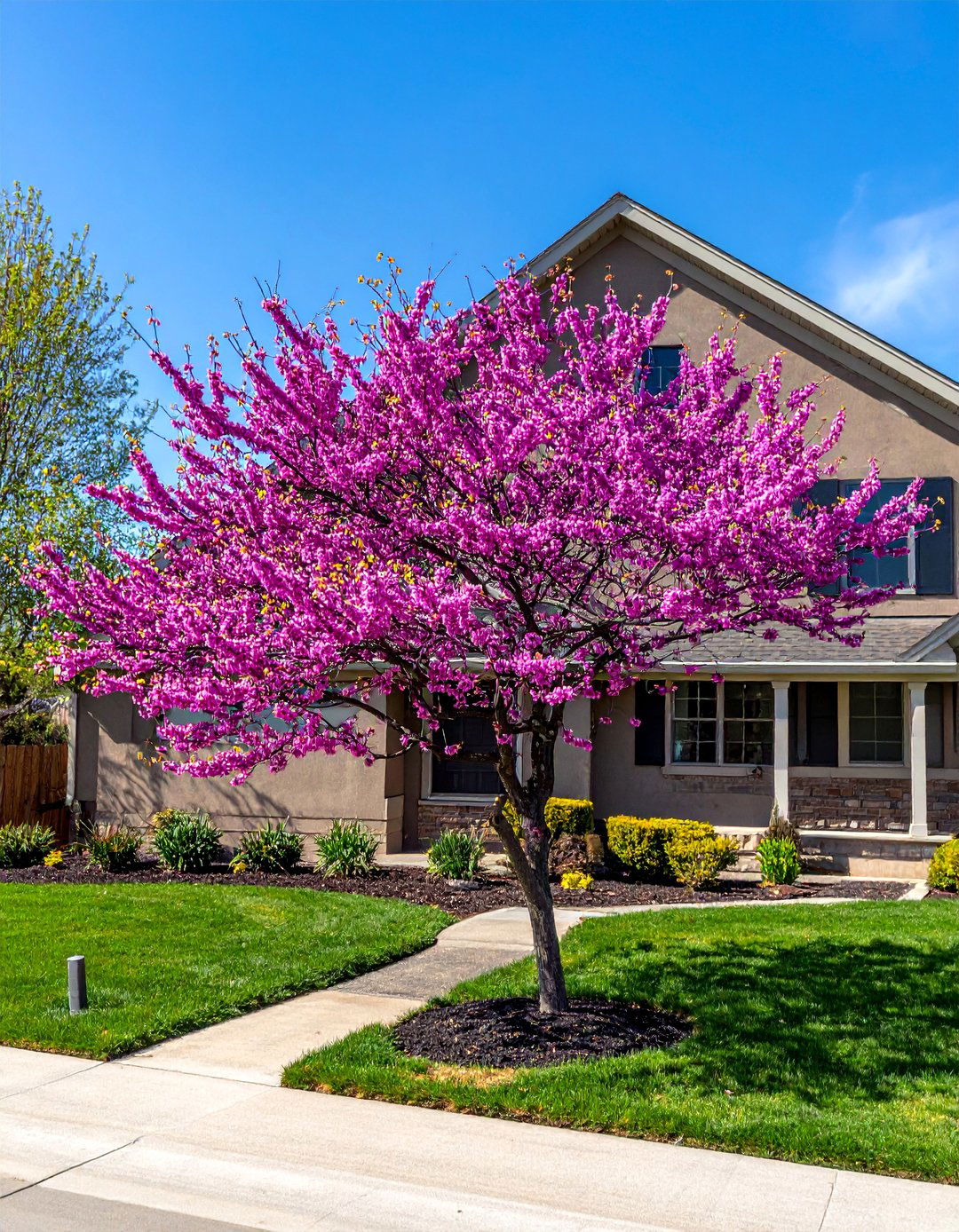
An Eastern Redbud is one of the very first signs of spring, heralding the new season with an explosion of tiny, magenta-pink blossoms that cover its bare branches. This unique flowering habit makes it a spectacular specimen against the muted backdrop of a late-winter landscape. After flowering, attractive heart-shaped leaves emerge, often with a reddish tint before maturing to a deep green and finally turning a lovely yellow in the fall. This North American native is adaptable to various soil types and its small, often multi-stemmed form fits beautifully into mixed borders or as a standalone accent tree.
5. Serviceberry Tree for All-Season Contributions
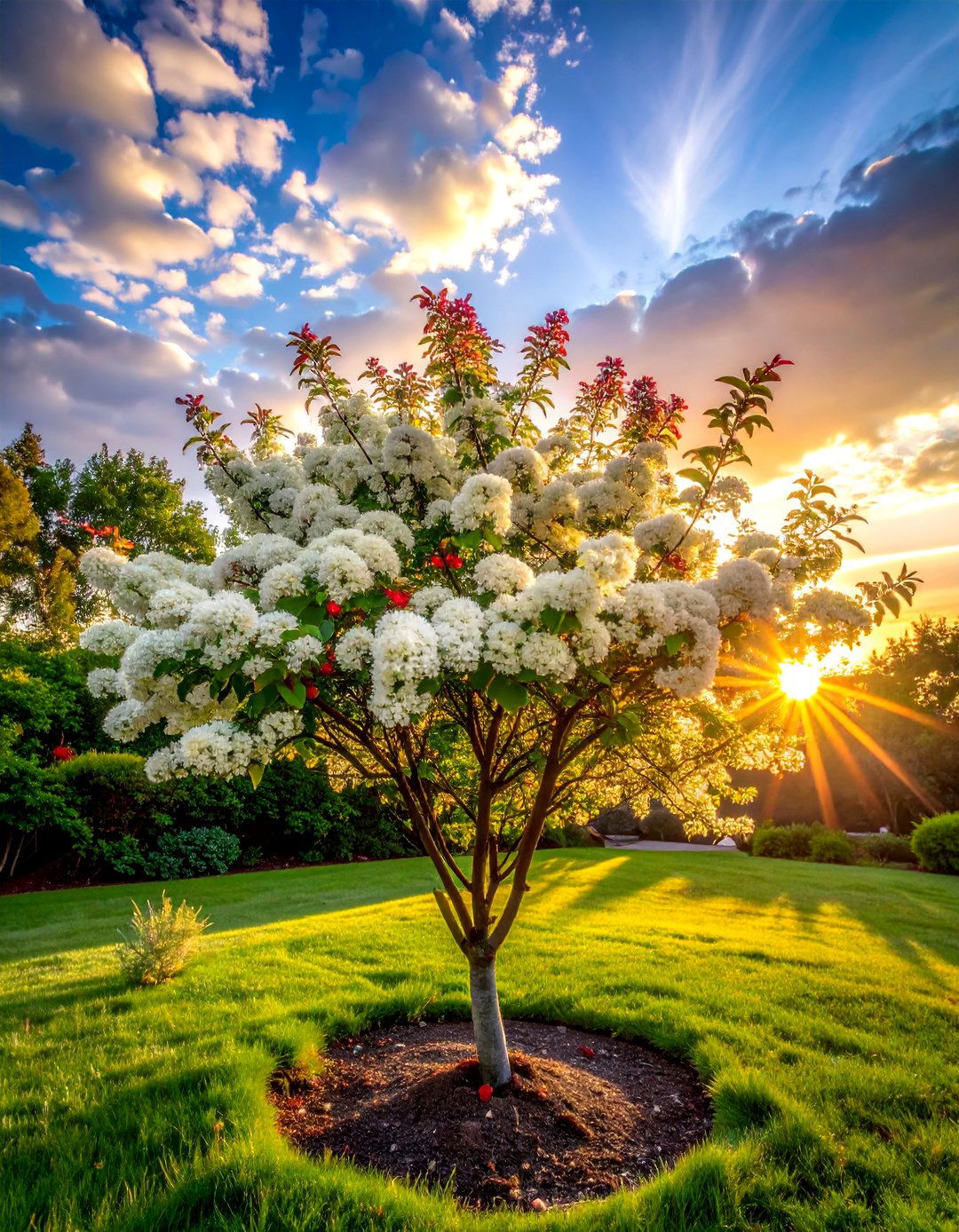
The Serviceberry is a fantastic multi-season performer, offering something beautiful in every part of the year. In early spring, it is covered in delicate clusters of white, star-shaped flowers that give way to edible, blueberry-like fruits in early summer, which are a favorite of birds and people alike. Its fine-textured foliage emerges with a bronze tint, matures to a cool green, and ignites into brilliant shades of orange, red, and yellow in the fall. In winter, its smooth, gray bark and well-branched structure provide a pleasing silhouette. This hardy and adaptable tree is an excellent choice for a naturalistic landscape.
6. Dwarf Alberta Spruce for Formal Evergreen Structure
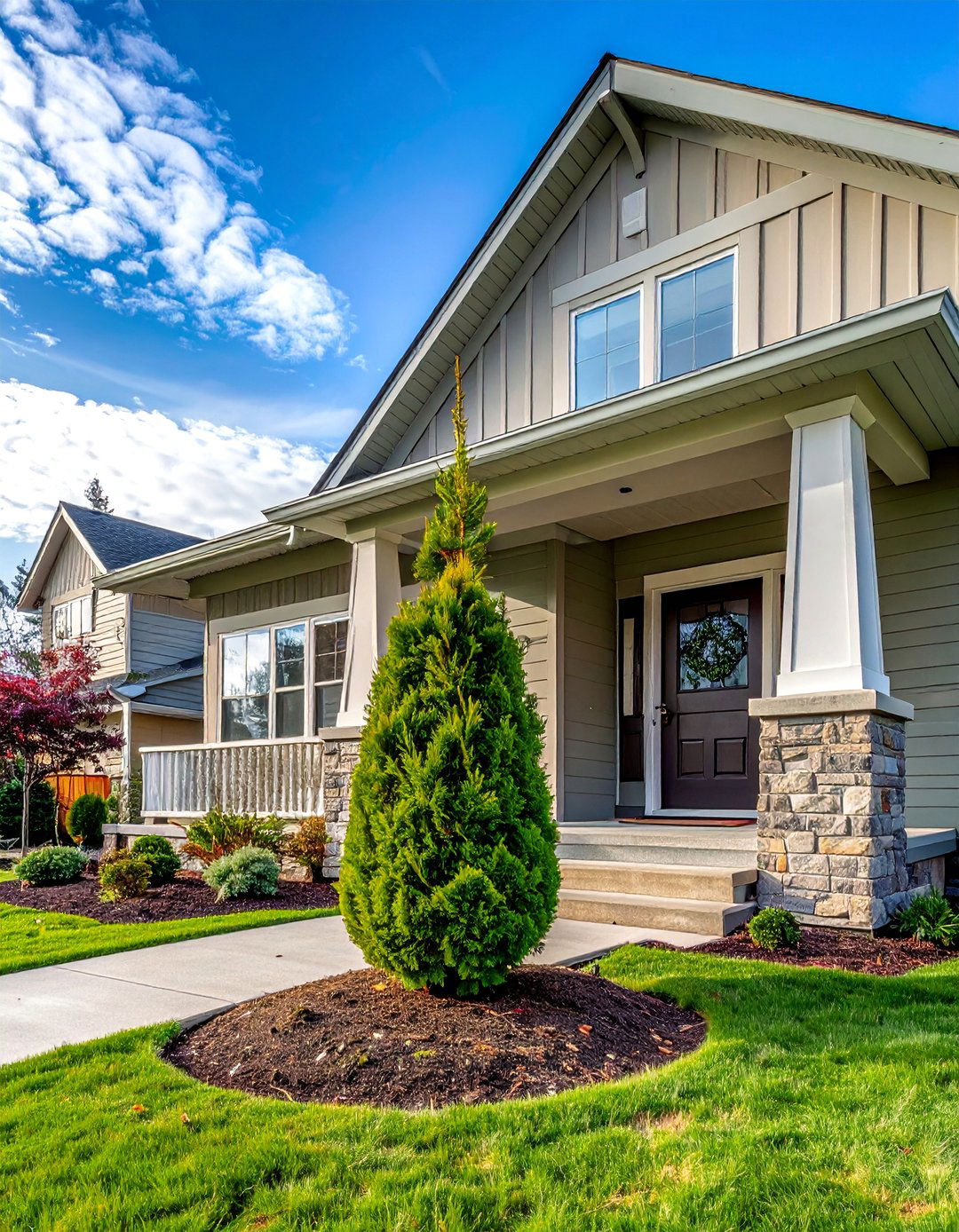
For homeowners seeking year-round greenery and a formal, conical shape, the Dwarf Alberta Spruce is an ideal candidate. This compact evergreen boasts dense, bright green needles that are soft to the touch, creating a lush, uniform appearance without any pruning. Its slow growth rate means it remains perfectly scaled for small spaces, making it a popular choice for flanking an entryway, anchoring a foundation planting, or as a feature in a rock garden. It maintains its classic Christmas-tree form naturally, offering a touch of formal elegance and consistent color that stands out beautifully, especially against a blanket of snow.
7. Prairifire Crabapple Tree for Disease-Resistant Color
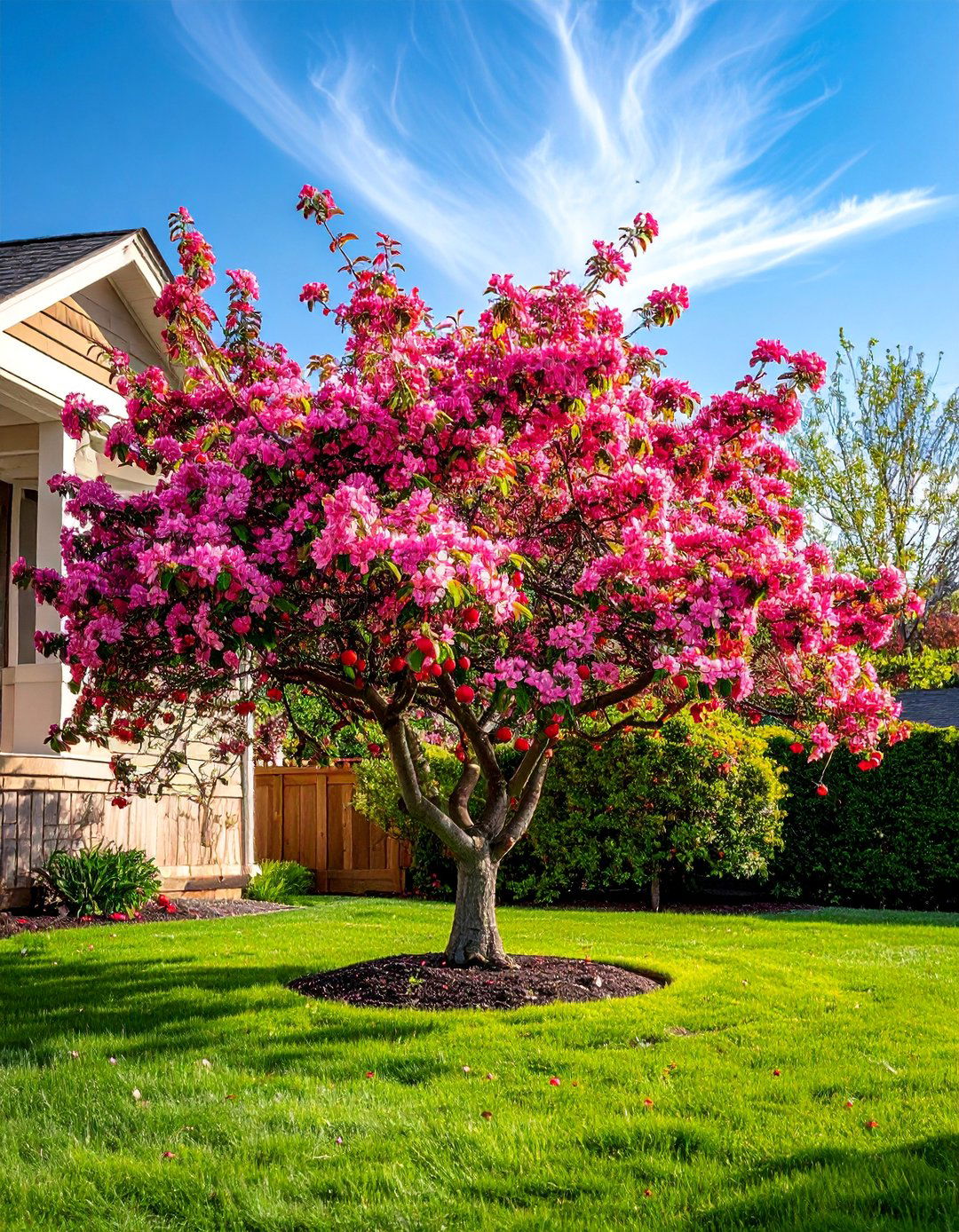
A Prairifire Crabapple tree offers one of the most dramatic floral displays of any small tree, making it a showstopper in a front yard. In spring, it erupts in a profusion of long-lasting, fragrant, reddish-pink blossoms that completely cover the branches. Unlike older varieties, 'Prairifire' is highly resistant to common diseases like apple scab, ensuring its foliage remains clean and attractive throughout the season. The leaves emerge reddish-maroon, mature to a glossy dark green, and transition to a bronze-orange in fall. Small, persistent red fruits follow the flowers, providing winter food for birds and adding color to the dormant landscape.
8. Star Magnolia Tree for Early Fragrant Flowers
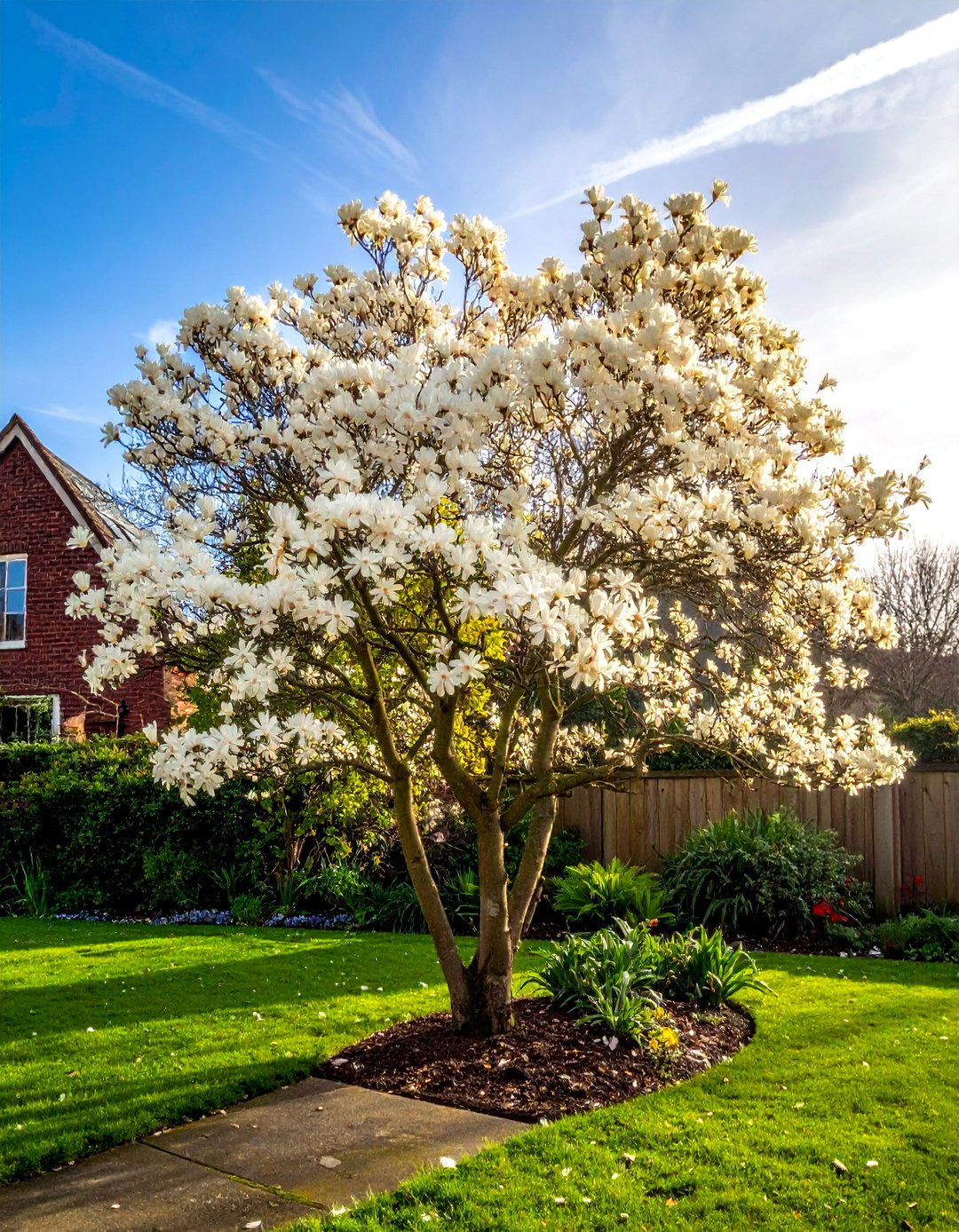
The Star Magnolia is a delightful harbinger of spring, producing an abundance of delicate, star-shaped white flowers on its bare branches well before other trees begin to leaf out. Its fragrant blooms are a welcome sight and scent after a long winter. This small, slow-growing tree typically develops a multi-stemmed, shrubby form, but can be trained into a single-trunk tree. It is perfectly suited for smaller yards, foundation plantings, or as an accent in a mixed border. Its compact size ensures it will not overwhelm the space, providing a burst of pure, elegant white to kickstart the gardening season.
9. Weeping Cherry Tree for Cascading Floral Beauty
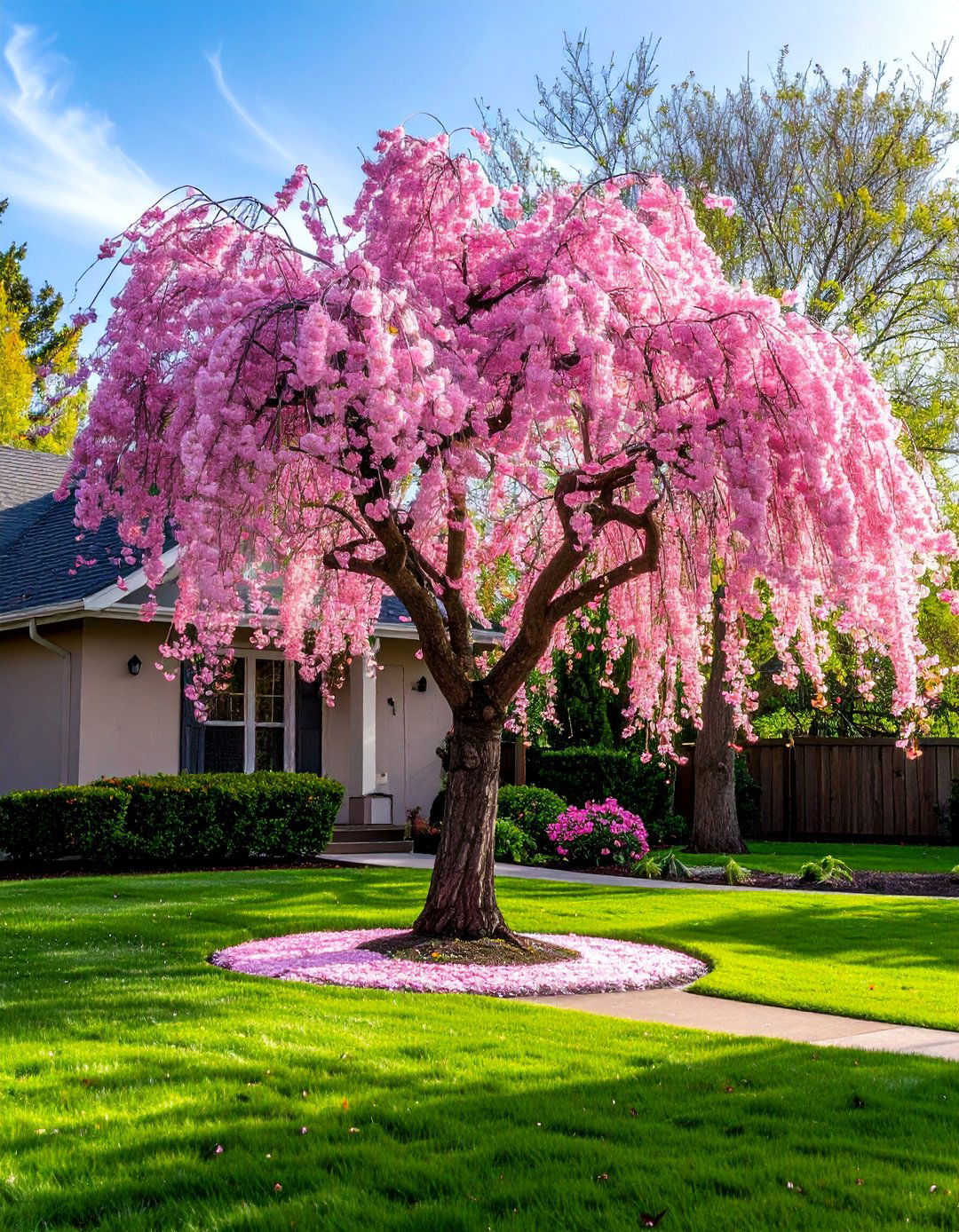
Creating a dramatic and romantic focal point is effortless with a Weeping Cherry tree. This stunning ornamental is prized for its graceful, cascading branches that become completely enveloped in clouds of pink or white blossoms each spring. The pendulous form provides year-round structural interest, looking just as beautiful when its bare, arching limbs are traced with snow. It works wonderfully as a specimen tree in the center of a lawn, near a water feature, or in a corner bed where its weeping habit can be fully appreciated. Its breathtaking floral display, though brief, makes an unforgettable impact on any front yard landscape.
10. Ivory Silk Lilac Tree for Late Spring Fragrance
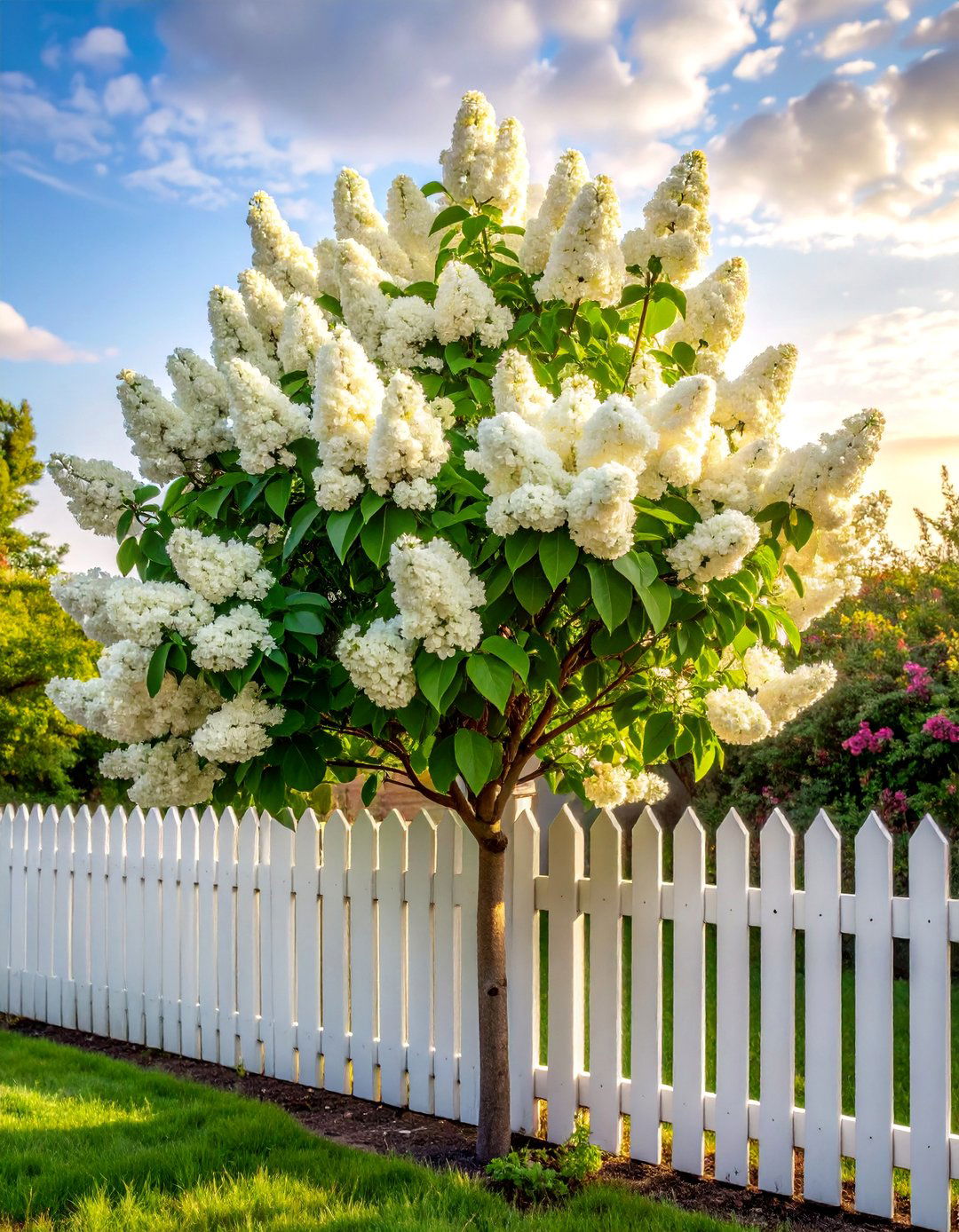
For those who love the classic scent of lilacs but desire a tree form, the Ivory Silk Lilac is the perfect solution. This small tree produces huge, creamy-white flower clusters in early summer, later than most other lilac varieties, extending the season of bloom and fragrance in the garden. Its large, lush green leaves provide a handsome backdrop for the flowers and remain attractive all summer. The tree has a well-behaved, rounded shape and attractive reddish-brown bark that adds winter interest. It is a hardy and low-maintenance choice that brings elegance and a delightful aroma to any front yard setting.
11. Paperbark Maple Tree for Exquisite Bark Texture
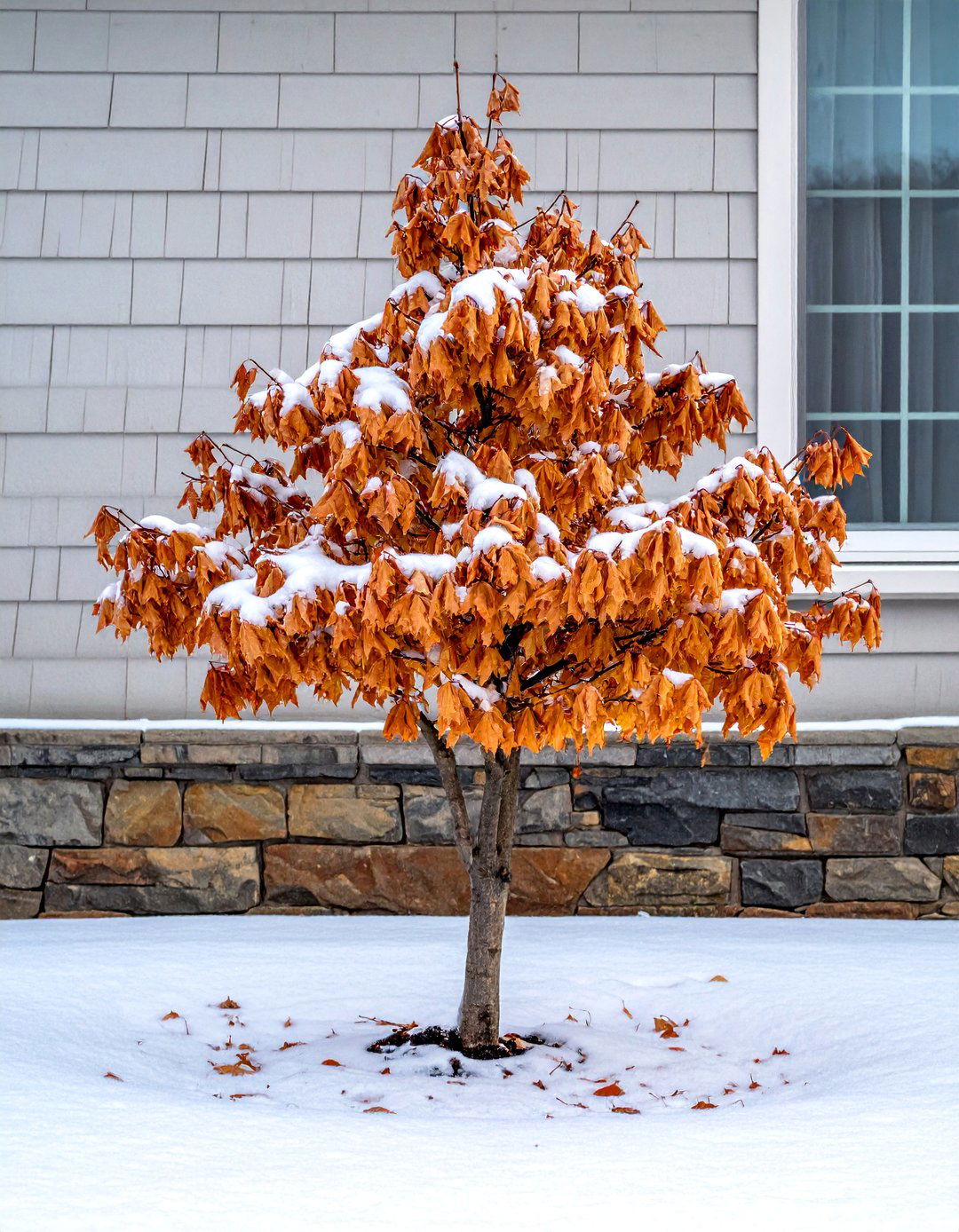
The Paperbark Maple is a connoisseur's tree, celebrated for its stunning, cinnamon-colored exfoliating bark. The thin layers of bark peel back to reveal a smoother, lighter-colored trunk underneath, creating a rich texture and color that is especially prominent in the winter landscape. While its bark is the main attraction, this tree also features attractive three-lobed leaves that turn a brilliant scarlet in the fall. It is a slow-growing, small tree with a delicate, fine-textured appearance that works well as a specimen near a patio or walkway where its unique bark can be admired up close, providing sophisticated, year-round appeal.
12. Red Buckeye Tree for Hummingbird Attraction
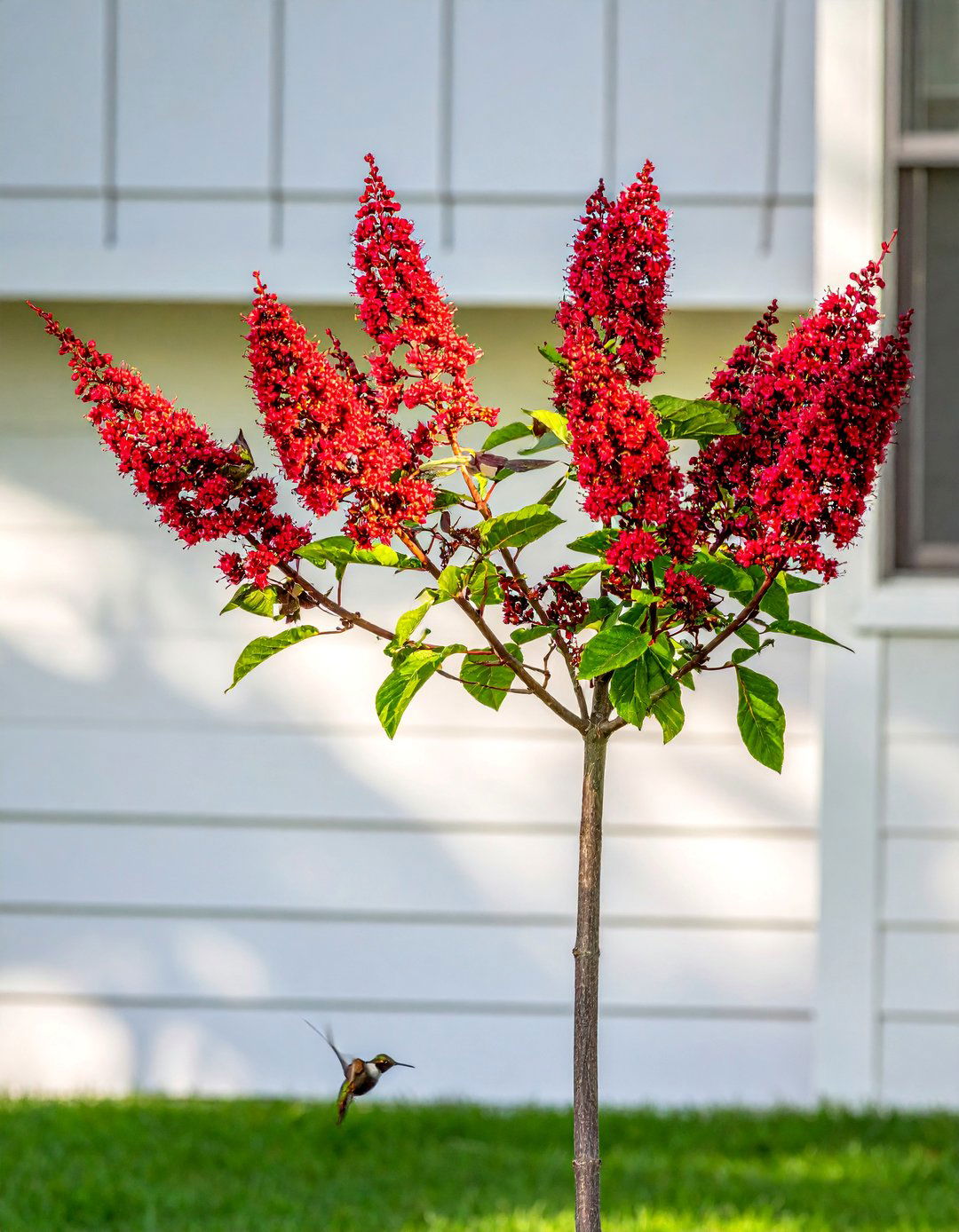
Bringing unique color and wildlife to your front yard, the Red Buckeye is a fantastic native tree. In spring, it produces striking, upright clusters of tubular, scarlet-red flowers that are a magnet for hummingbirds. Its large, palm-shaped leaves are dark green and glossy, providing a lush, tropical feel throughout the summer before dropping in the fall to reveal a coarse, interesting branch structure. This tree is naturally resistant to pests and diseases and tolerates shady conditions better than many other flowering trees. Its compact, rounded form makes it an excellent understory tree or a standout specimen in a smaller landscape.
13. Royal Star Magnolia for Compact Garden Spaces
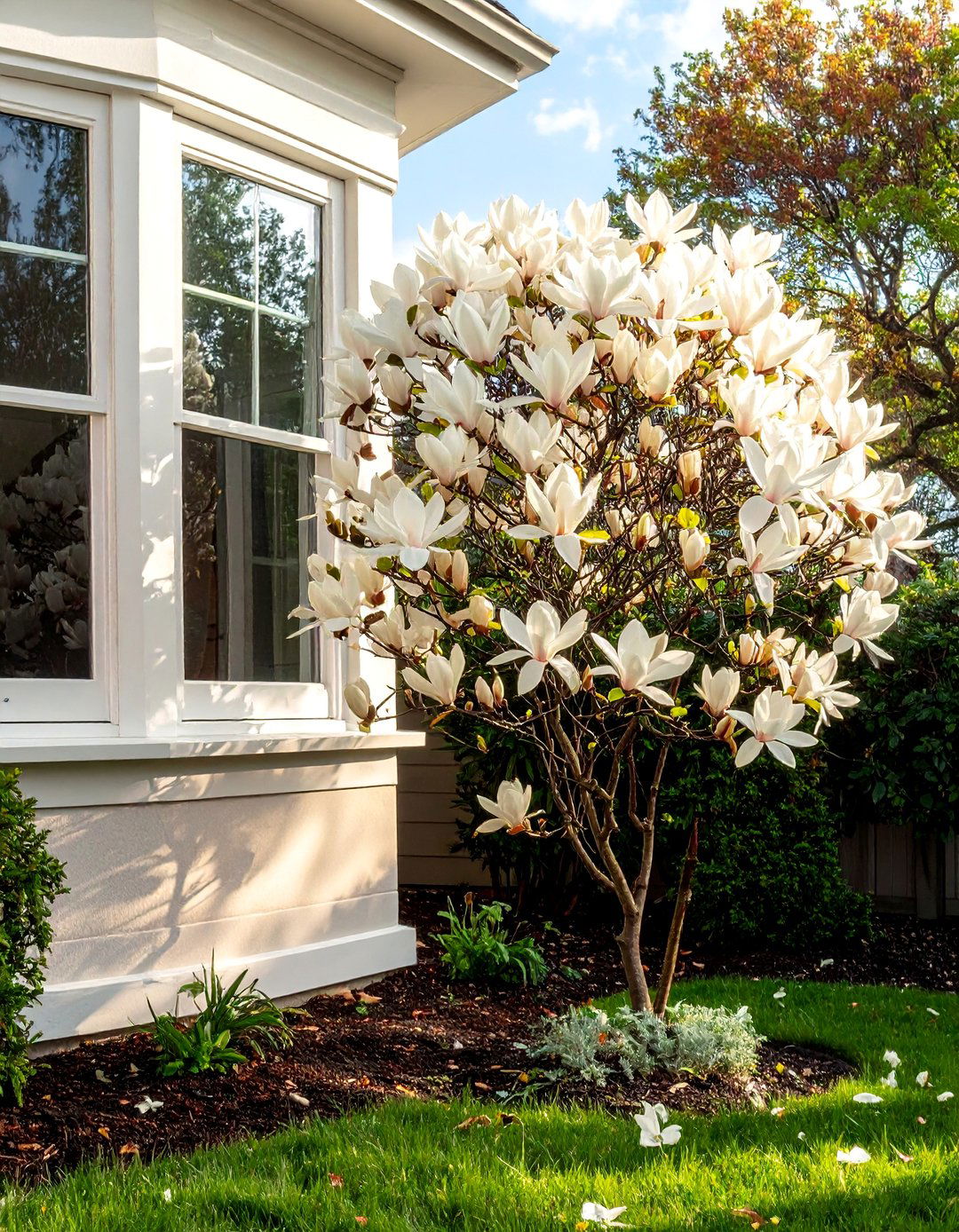
An excellent choice for particularly small front yards, the Royal Star Magnolia is a more compact and cold-hardy cultivar of the Star Magnolia. It features slightly larger, fragrant, pure white flowers with more petals than the species, creating an even fuller and more dramatic floral display in early spring. This slow-growing, deciduous tree has a dense, shrub-like habit that can be pruned into a small tree form. It is one of the first magnolias to bloom, making a significant impact when little else is flowering. Its small stature allows it to be planted close to the house or in tight garden beds.
14. Jane Magnolia Tree for Two-Toned Blooms
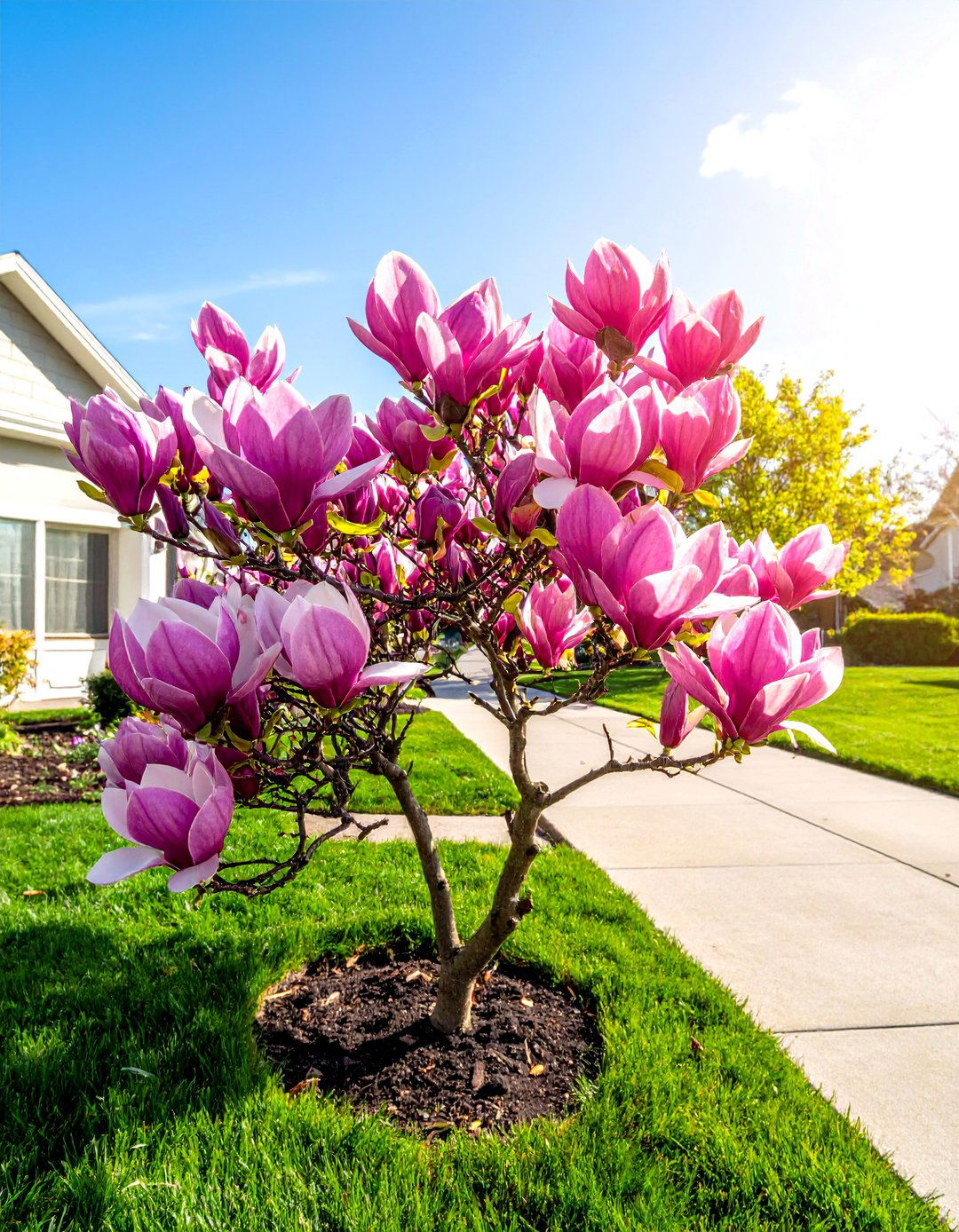
The Jane Magnolia is a popular hybrid from the "Little Girl" series, developed to bloom later than other magnolias, thus avoiding damage from late spring frosts. This makes it a reliable choice for colder climates. It produces beautiful, tulip-shaped flowers that are reddish-purple on the outside and creamy white on the inside, creating a lovely two-toned effect. The blooms appear in mid-to-late spring and may even rebloom sporadically in the summer. Its multi-stemmed, shrubby growth habit can be trained into a small tree, and its compact size is ideal for foundation plantings or as an accent in the front yard.
15. American Hornbeam for Muscular Structure
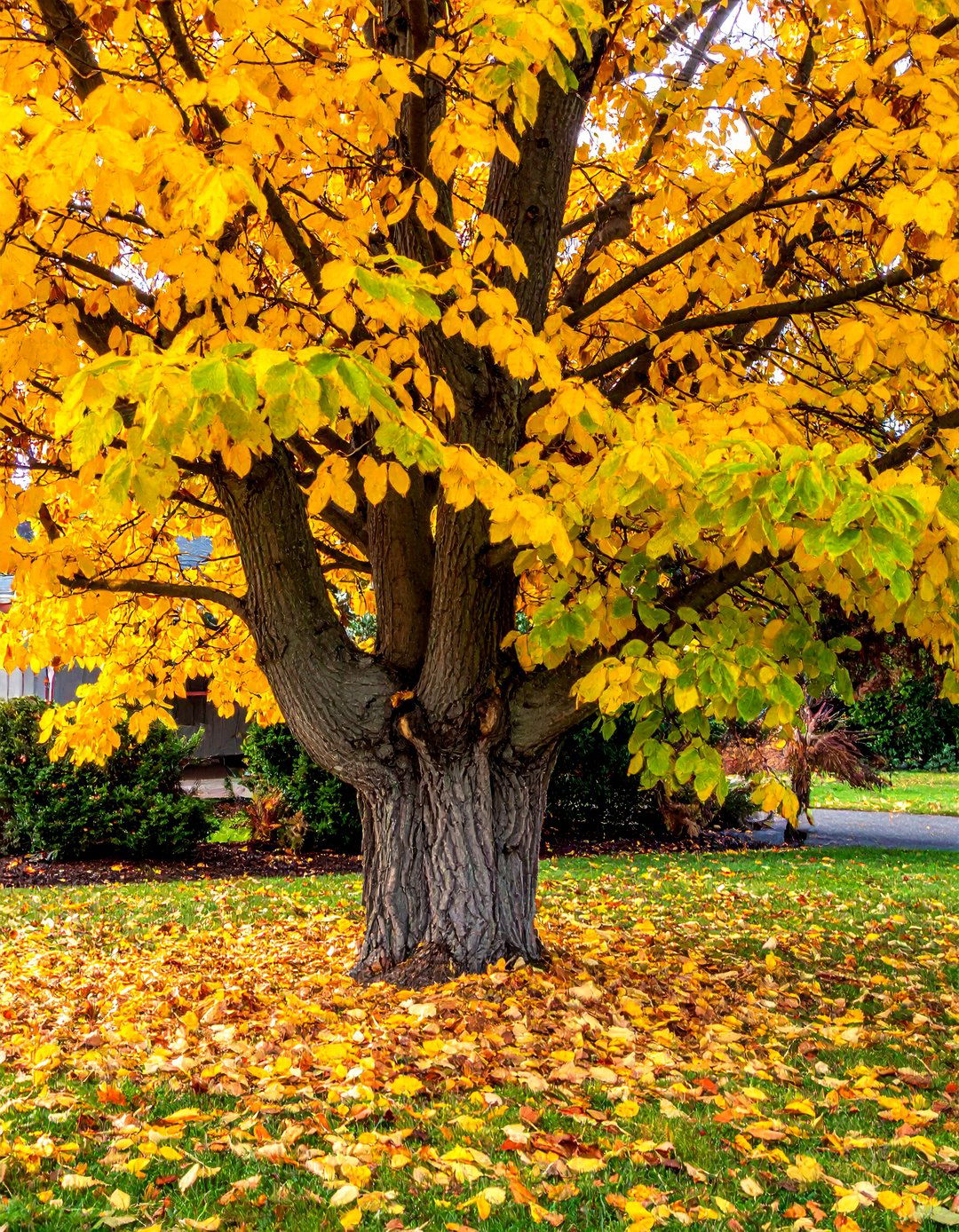
Also known as Musclewood, the American Hornbeam is a tough and handsome native tree valued for its unique structural qualities. Its smooth, gray bark covers a fluted, muscle-like trunk and branches, providing exceptional visual interest, especially in the winter. The foliage is dark green and finely toothed, turning shades of yellow, orange, and red in the fall. It is a slow-growing, hardy understory tree that is highly tolerant of shade and various soil conditions. The American Hornbeam’s dense, rounded canopy offers excellent form without getting too large, making it a durable and low-maintenance choice for a naturalistic front yard.
16. Kousa Dogwood Tree for Summer and Fall Interest
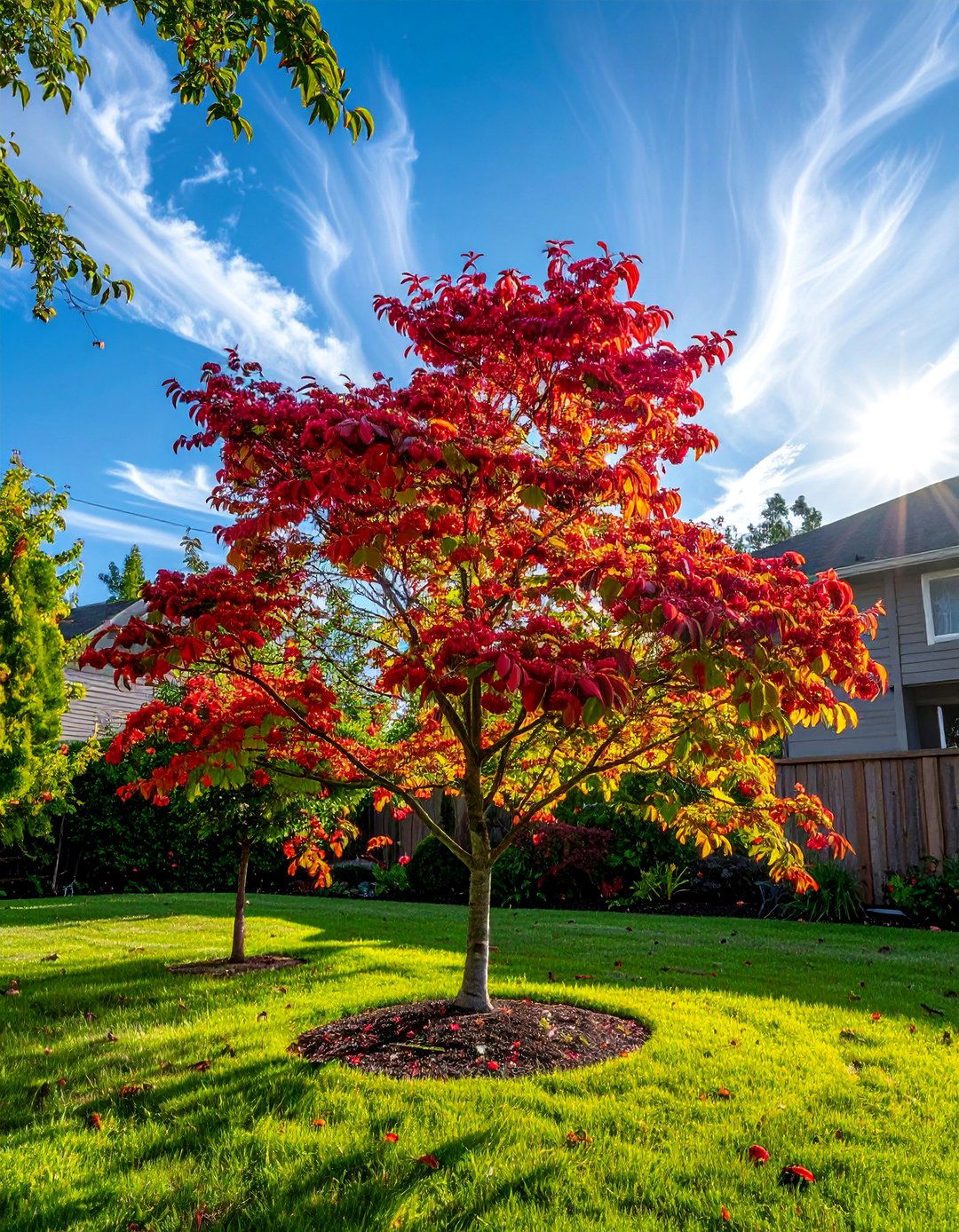
A Kousa Dogwood offers a different seasonal timeline than its American counterpart, making it a valuable addition to the front yard. It blooms about a month later, in late spring or early summer, producing a profusion of pointed, star-like white bracts. These are followed by large, raspberry-like red fruits in late summer, which are edible and attract wildlife. Its foliage turns a stunning purplish-red to scarlet in the fall. Perhaps its best feature is the beautiful exfoliating bark on mature trees, which reveals a patchwork of tan, gray, and brown. This disease-resistant tree provides an elegant, four-season display.
17. Seven-Son Flower Tree for Late-Season Drama
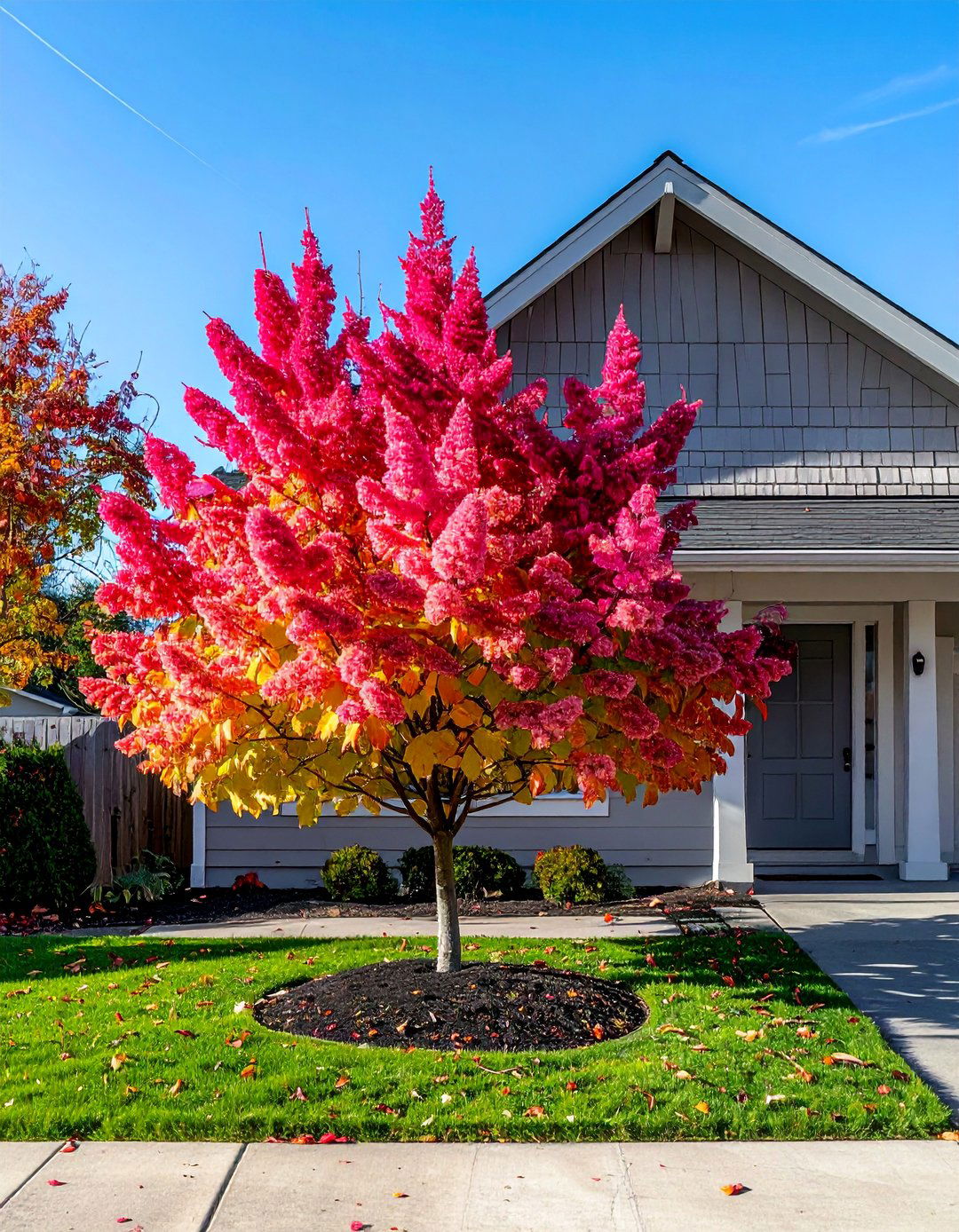
For a truly unique display of late-season interest, the Seven-Son Flower tree is an outstanding choice. This large shrub or small tree bursts into bloom in late summer when few other woody plants are flowering, producing fragrant, creamy-white flowers in tiered clusters. After the white petals fall, the real show begins as the calyces turn a brilliant reddish-pink, providing a second wave of color that lasts well into the fall. It also features attractive, peeling tan bark that adds winter texture. This fast-growing and pest-resistant tree provides a surprising and beautiful finale to the gardening season.
18. Dwarf Korean Lilac Tree for Compact Fragrance
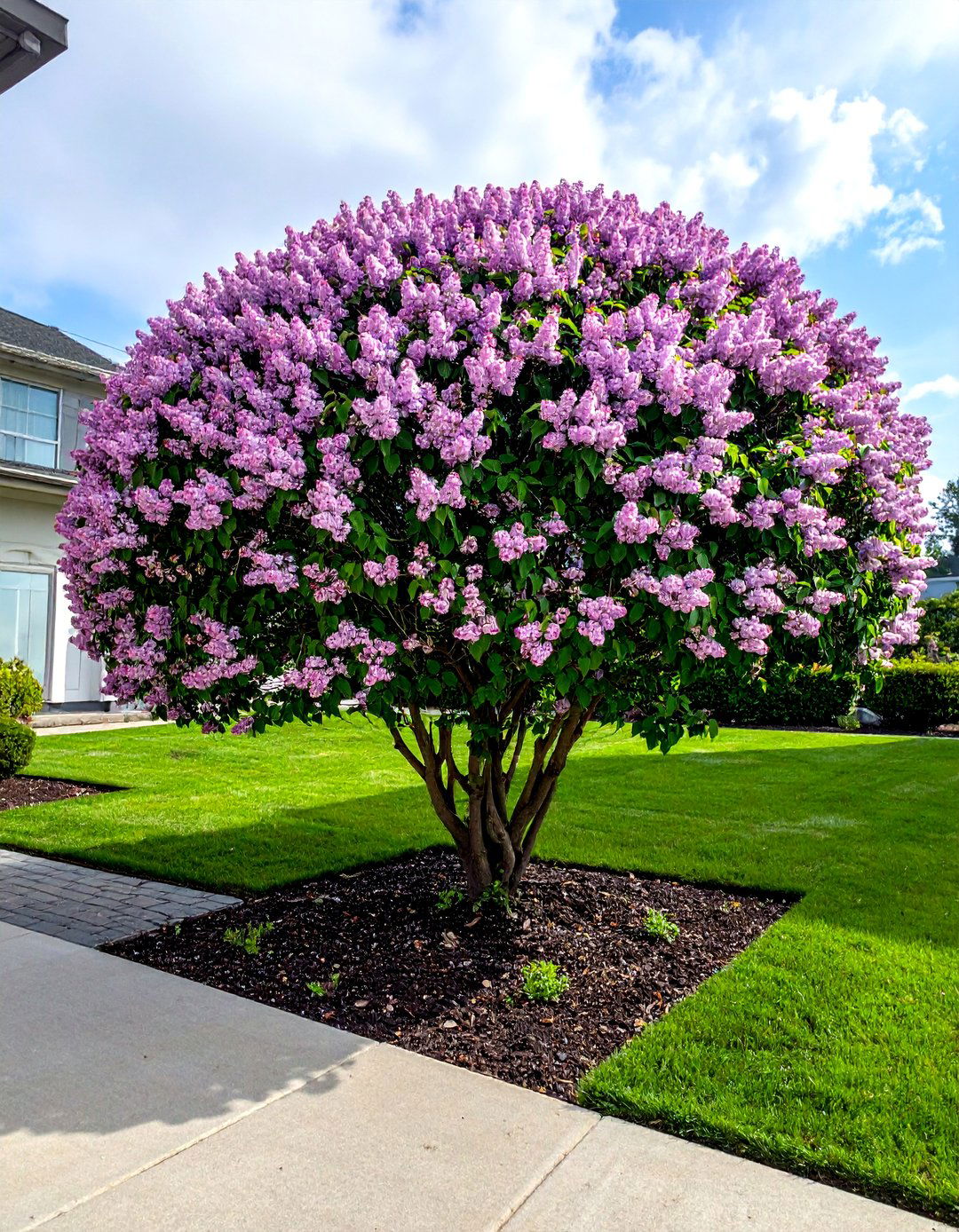
Perfect for the smallest of front yards, the Dwarf Korean Lilac, often pruned into a standard tree form, delivers all the fragrance of a traditional lilac in a much smaller package. In late spring, it is covered in panicles of incredibly fragrant, pale lilac-pink flowers that attract butterflies. Its small, dark green leaves are neat and tidy, remaining attractive throughout the summer with no disease issues. This is an extremely low-maintenance and hardy choice, ideal for planting in foundation beds, flanking a walkway, or even in large containers. It provides a massive floral and sensory impact in a very compact footprint.
19. Golden Chain Tree for Cascading Yellow Flowers
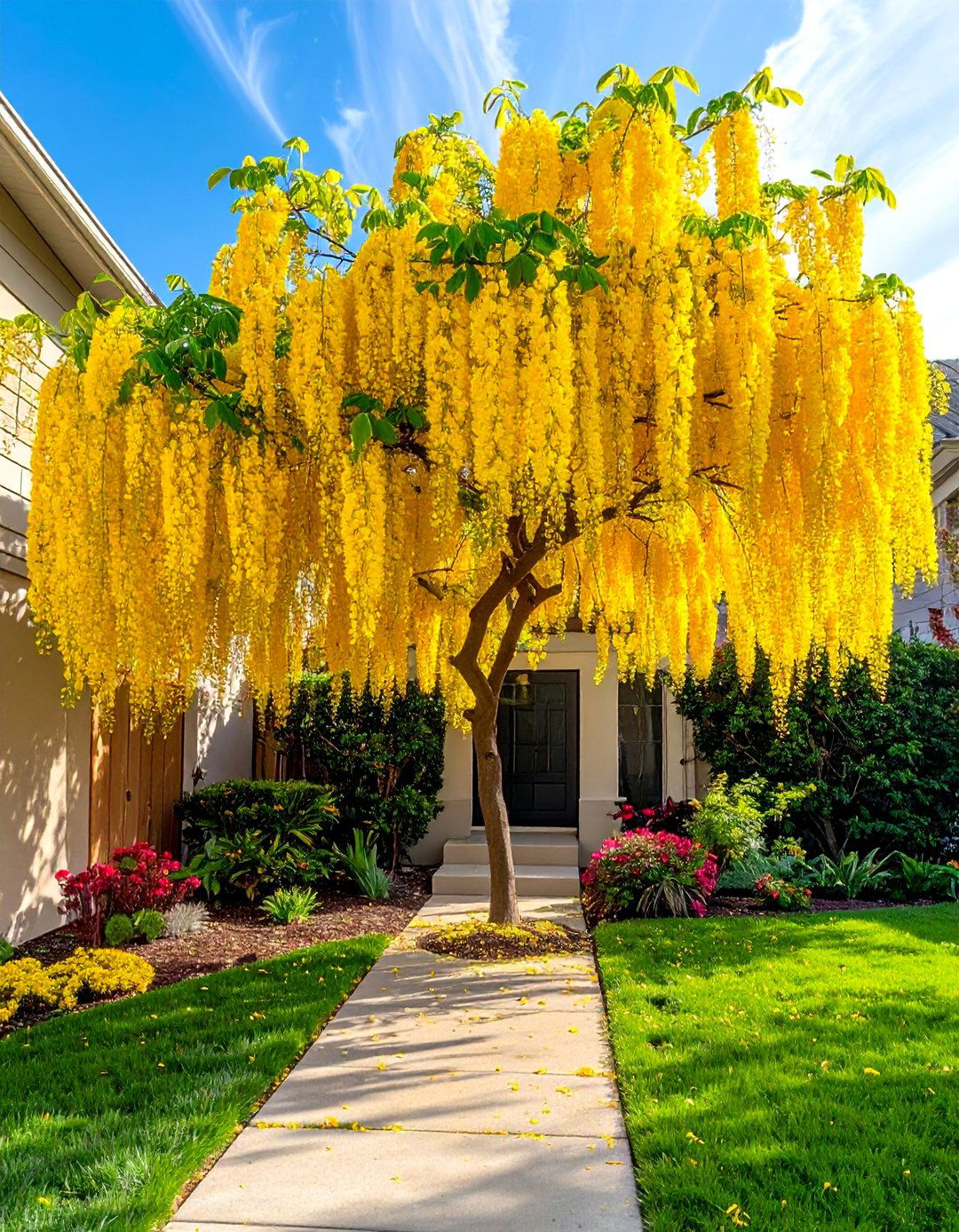
To create a truly breathtaking spectacle in late spring, consider the Golden Chain Tree. This elegant tree is famous for its long, pendulous clusters of brilliant yellow, pea-like flowers that resemble wisteria. The fragrant racemes can hang down a foot or more, draping the tree in curtains of pure gold. Its bright green, clover-like leaves provide a lovely backdrop for the floral display. While it requires well-drained soil and a location sheltered from strong winds, the unforgettable visual impact it creates is well worth the effort. It serves as a stunning, high-impact specimen tree for a sunny front yard.
20. Franklin Tree for Rare Autumn Beauty
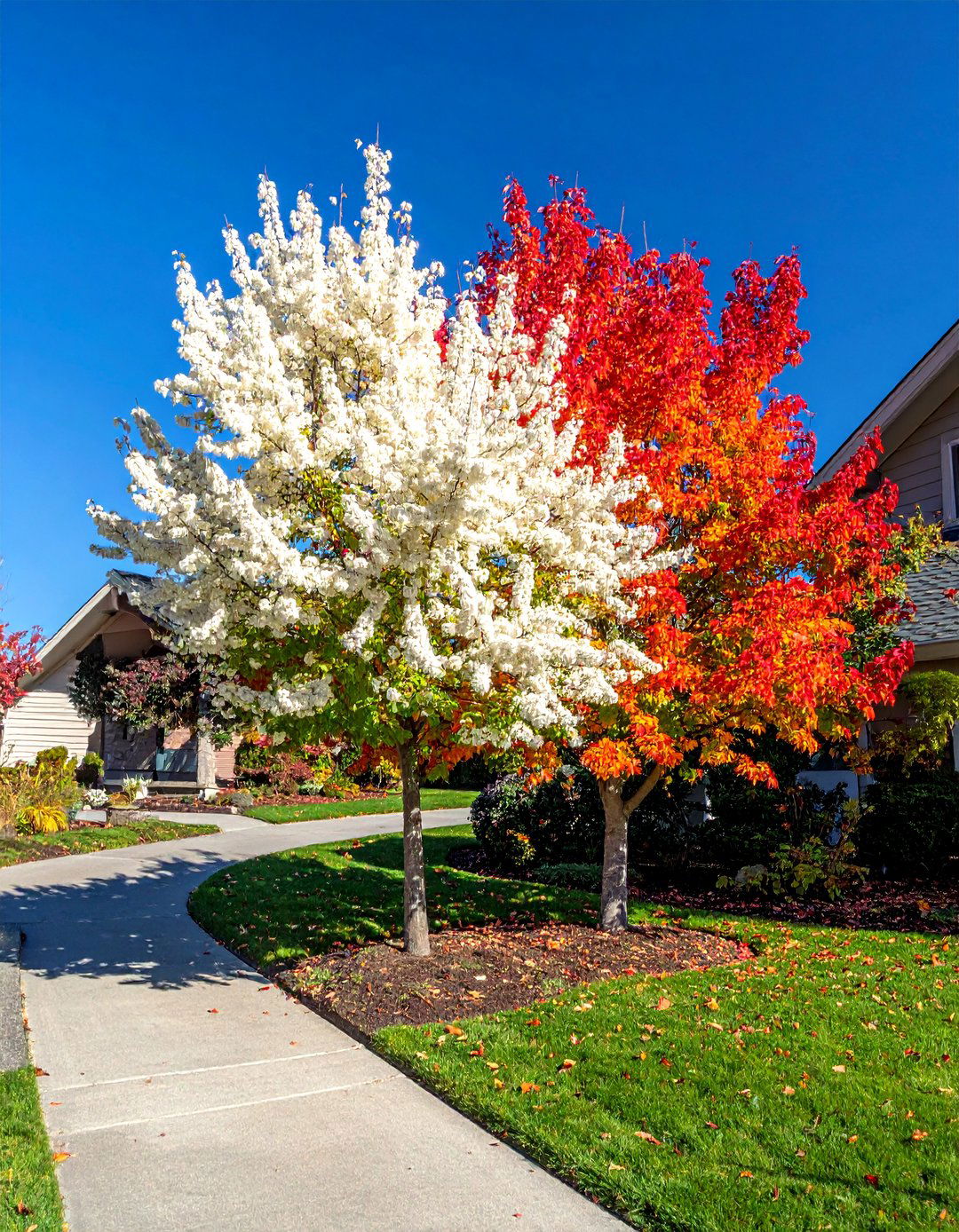
The Franklin Tree is a rare and beautiful small tree with a fascinating history, as it is extinct in the wild. Planting one is an act of conservation. It blooms in late summer to early fall, producing large, fragrant, white flowers with a prominent cluster of golden-yellow stamens, resembling a single camellia. Its large, glossy green leaves turn brilliant shades of orange, red, and purple in the autumn, providing a spectacular fall color display that coincides with its flowers. This unique timing of bloom and fall color makes the Franklin Tree a distinctive and historically significant specimen for the front yard.
21. Persian Ironwood for Multi-Hued Foliage
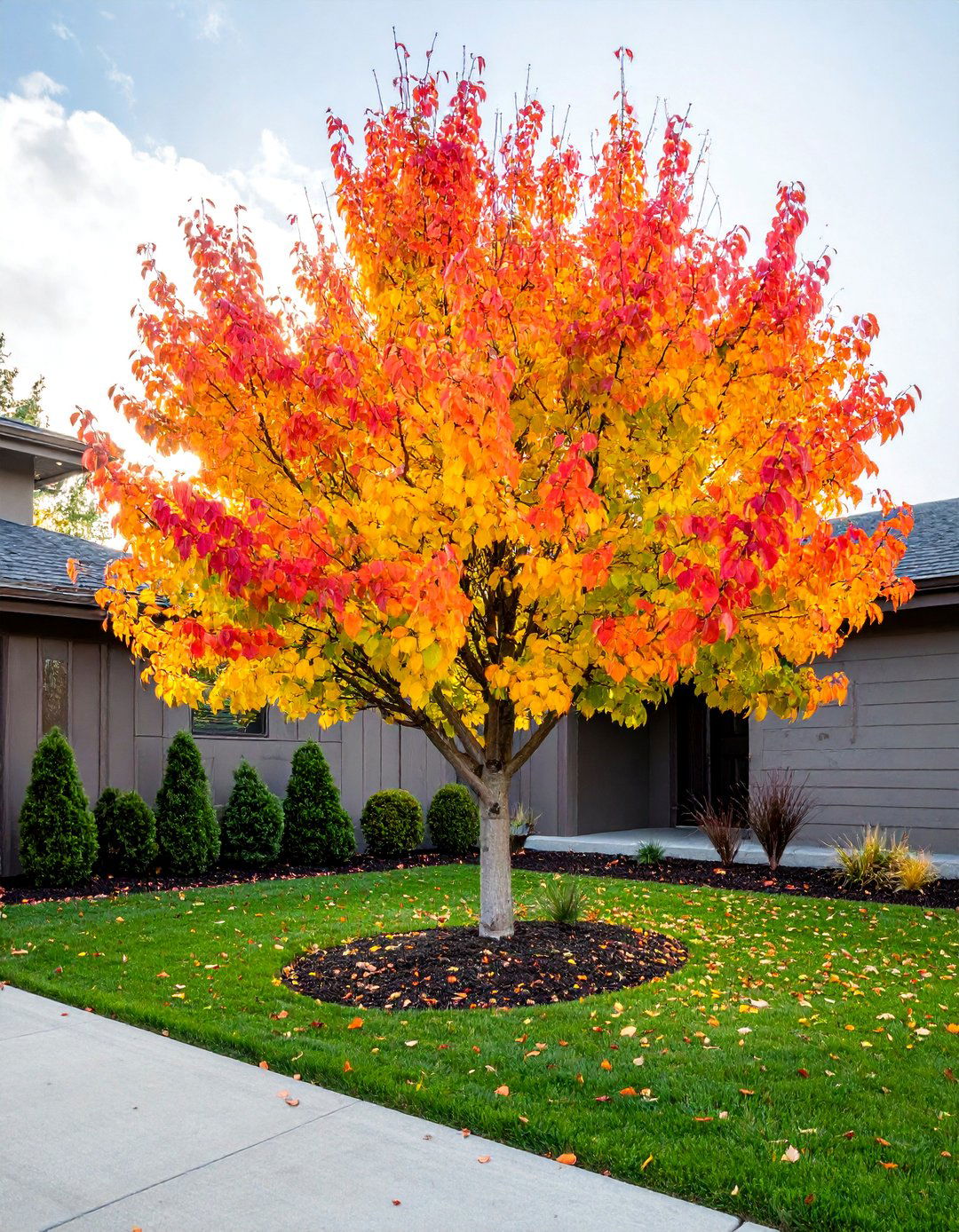
Persian Ironwood is a superb small tree known for its exceptional, multi-season foliage and attractive form. The leaves emerge with a reddish-purple tint in spring, mature to a glossy deep green in summer, and then put on a spectacular autumn show with a vibrant mix of yellow, orange, and scarlet. It often develops a multi-stemmed, vase-shaped habit, and as it matures, the bark exfoliates to reveal a beautiful mosaic of gray, tan, and green. This hardy and pest-free tree is a tough and reliable choice that provides a sophisticated color palette and architectural interest throughout the entire year.
22. Weeping Higan Cherry for Graceful Form
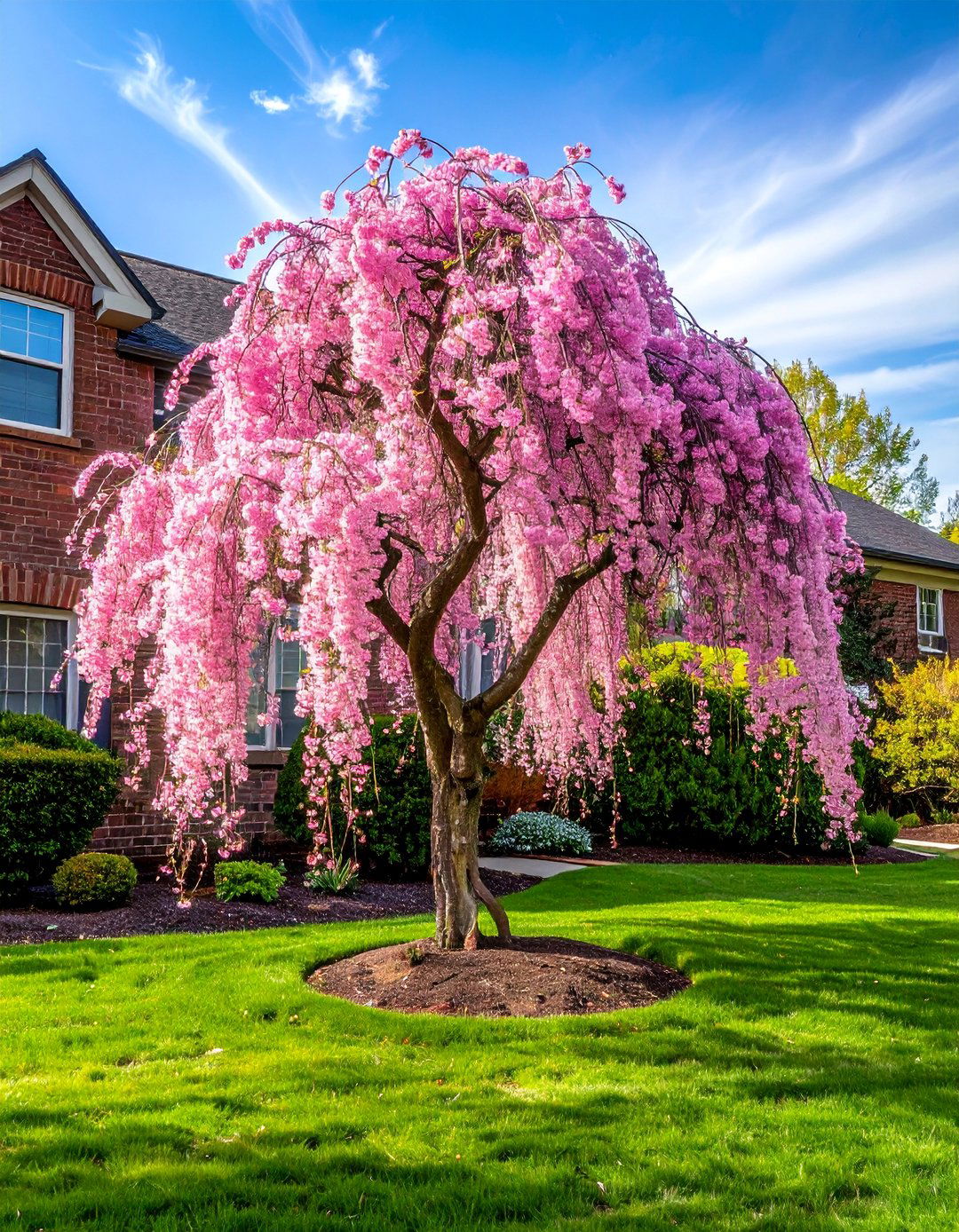
While similar to other weeping cherries, the Weeping Higan Cherry is particularly noted for its hardiness and delicate, semi-double pink flowers that appear in early spring. Its strongly weeping branches create a graceful, fountain-like mound of foliage and flowers, making it an exquisite focal point. This variety is also known for its longevity compared to some other ornamental cherries. It is a perfect specimen for a central lawn location or a large garden bed where its cascading form can be admired from all angles. The tree offers a soft, romantic feel and is a classic choice for adding elegance to the landscape.
23. Ginkgo 'Princeton Sentry' for a Narrow Profile
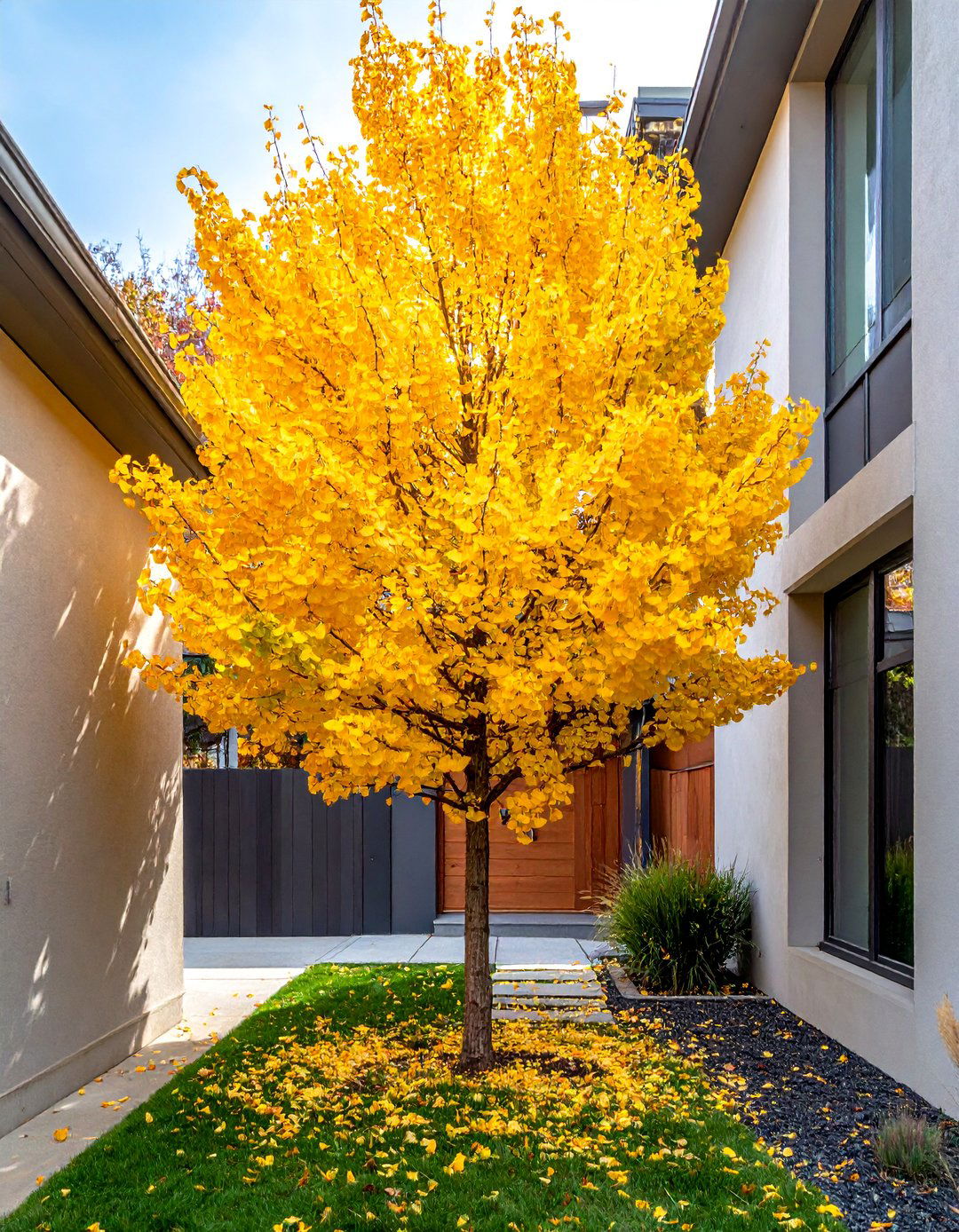
For front yards with limited horizontal space, the 'Princeton Sentry' Ginkgo is an excellent choice. This all-male cultivar has a distinctly upright, narrow, and columnar growth habit, allowing it to fit into tight spaces without blocking windows or walkways. It is prized for its unique, fan-shaped leaves that are a lovely green throughout the summer before turning a uniform and breathtaking shade of brilliant, buttery yellow in the fall. Ginkgo trees are incredibly resilient, tolerating urban pollution, pests, and diseases with ease. This variety provides a strong vertical element and a stunning, reliable autumn finale.
24. Trident Maple for Excellent Fall Color
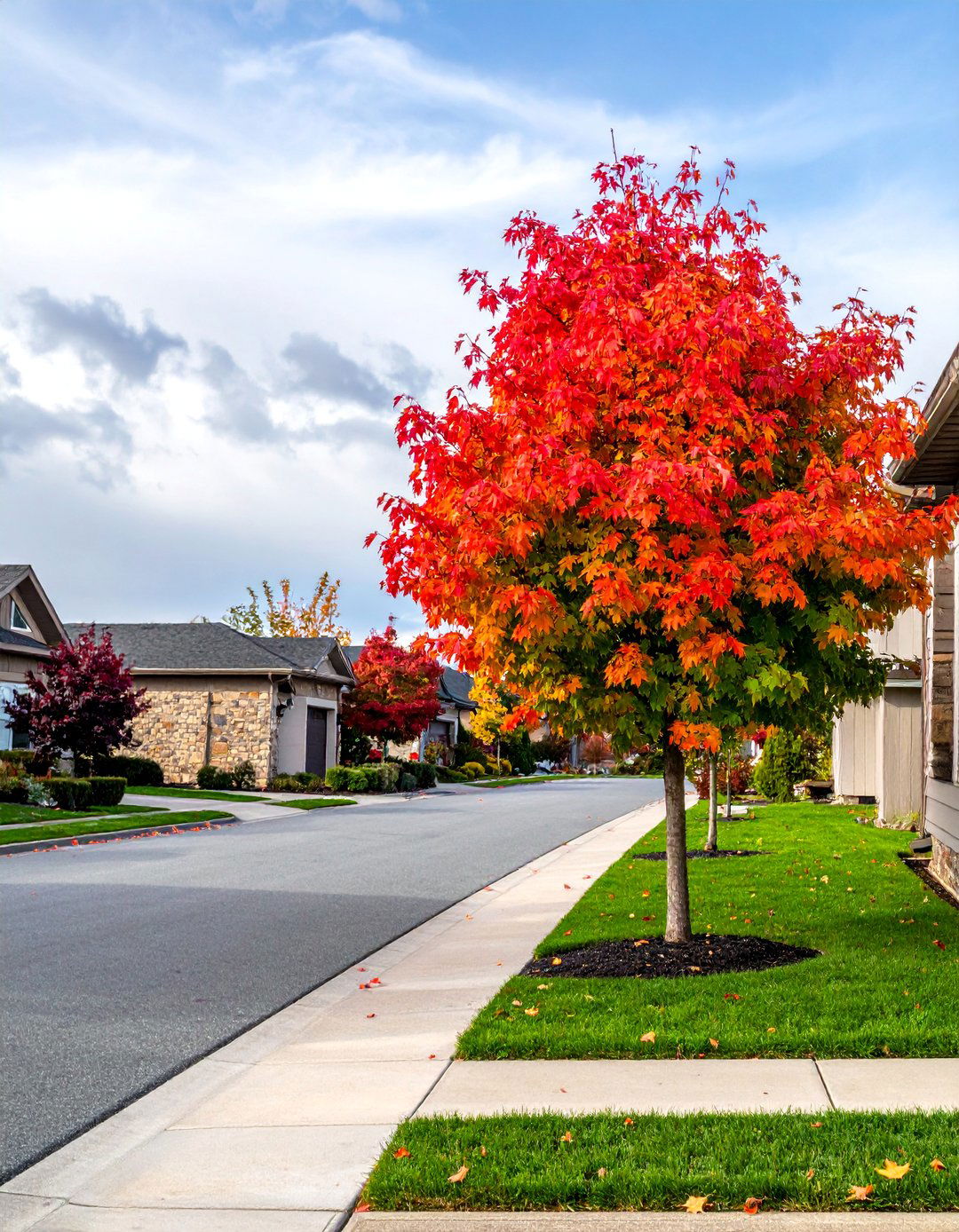
A Trident Maple is a versatile and durable small tree that makes a wonderful addition to a front yard. It is known for its three-lobed, glossy green leaves that turn into a spectacular display of brilliant reds, oranges, and yellows in the autumn. As the tree matures, it develops attractive, patchy bark that exfoliates to show off gray, orange, and brown tones. This tree is highly tolerant of drought and a wide range of soil types, making it a low-maintenance option. Its rounded, dense canopy provides good shade, and its smaller stature ensures it fits well in residential landscapes.
25. Japanese Stewartia for Four-Season Perfection
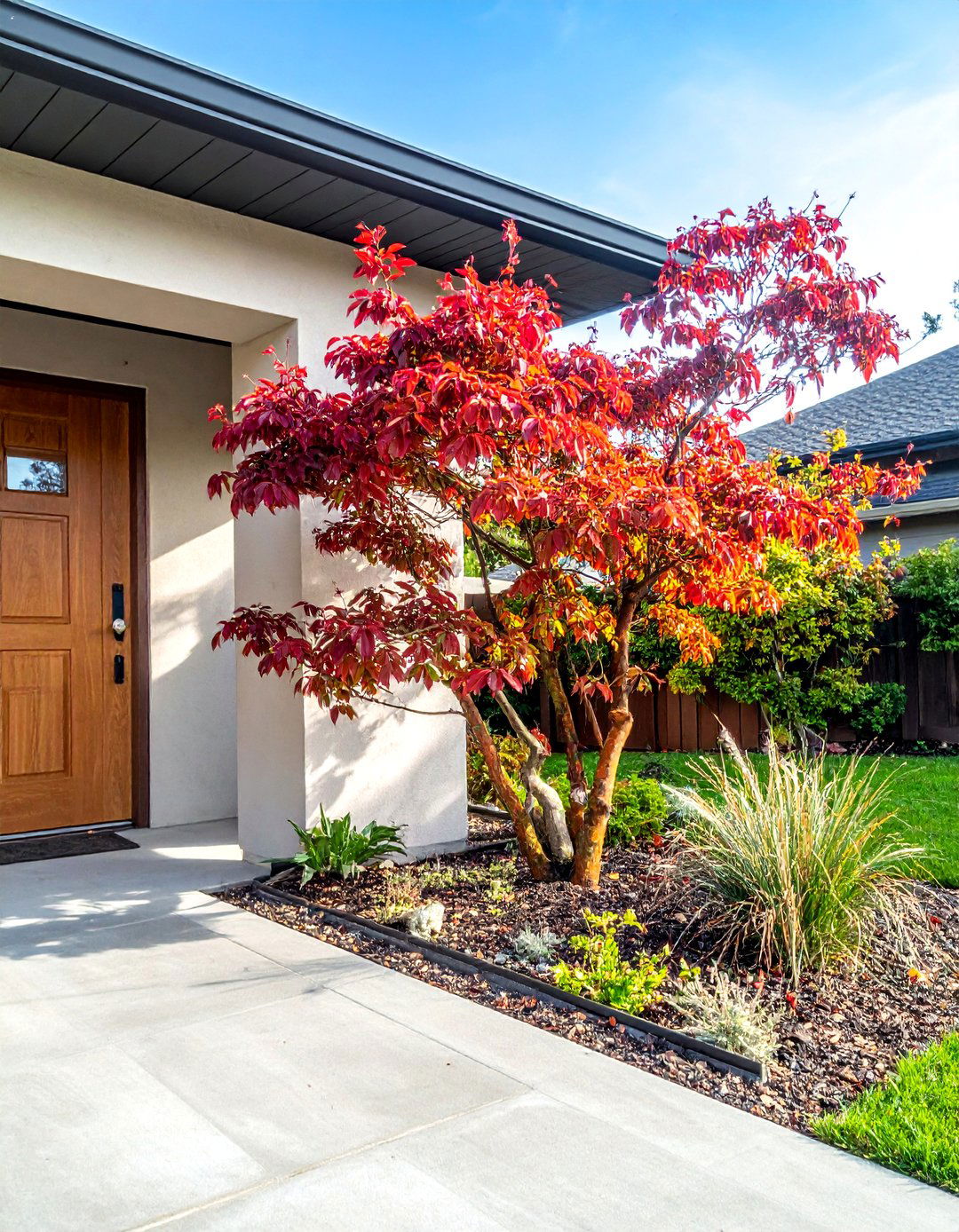
The Japanese Stewartia is considered by many to be a perfect small tree, offering distinct beauty in every season. In early summer, it produces beautiful, two-inch white flowers with bright orange stamens that resemble camellias. Its dark green leaves turn into a stunning display of bronze, red, and deep purple in the fall. However, its most outstanding feature is its rich, mottled bark, which exfoliates in patches of gray, tan, and cinnamon-brown, providing unparalleled winter interest. While it is a slow grower, its year-round appeal and refined elegance make it a prized specimen for any front yard.
26. Emerald Green Arborvitae for a Narrow Evergreen Screen
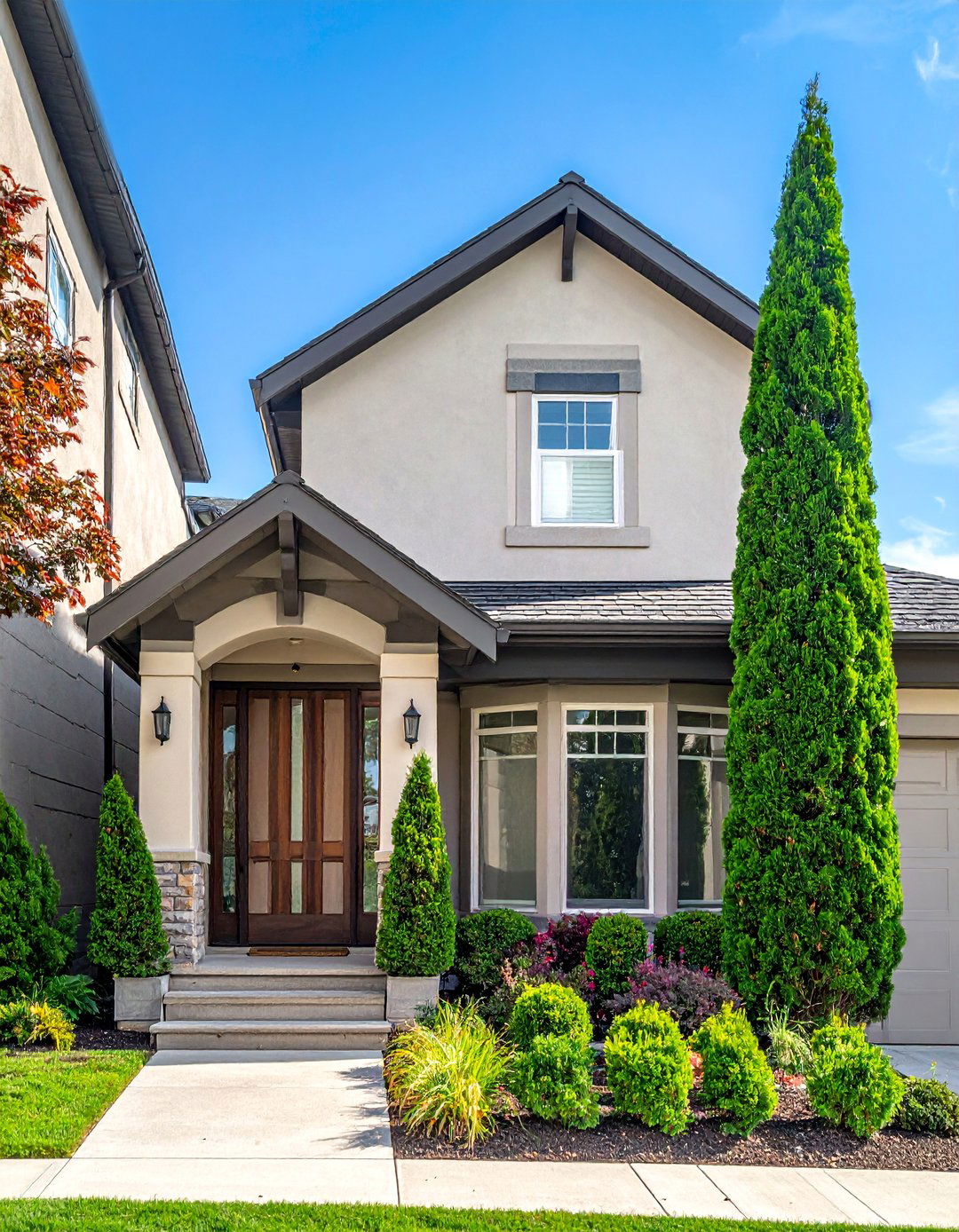
Often used for hedging, the Emerald Green Arborvitae can be an exceptional standalone specimen when a narrow, upright form is needed. This evergreen maintains a tight, columnar shape without any pruning, making it ideal for tight corners, flanking a doorway, or creating a vertical accent. Its foliage consists of rich, bright green sprays that hold their color beautifully throughout the winter, unlike some other arborvitae varieties that can bronze. It is a hardworking, low-maintenance tree that provides a formal look and consistent year-round structure, adding a touch of vertical elegance to the front yard design.
27. Blackhaw Viburnum for Wildlife and Adaptability
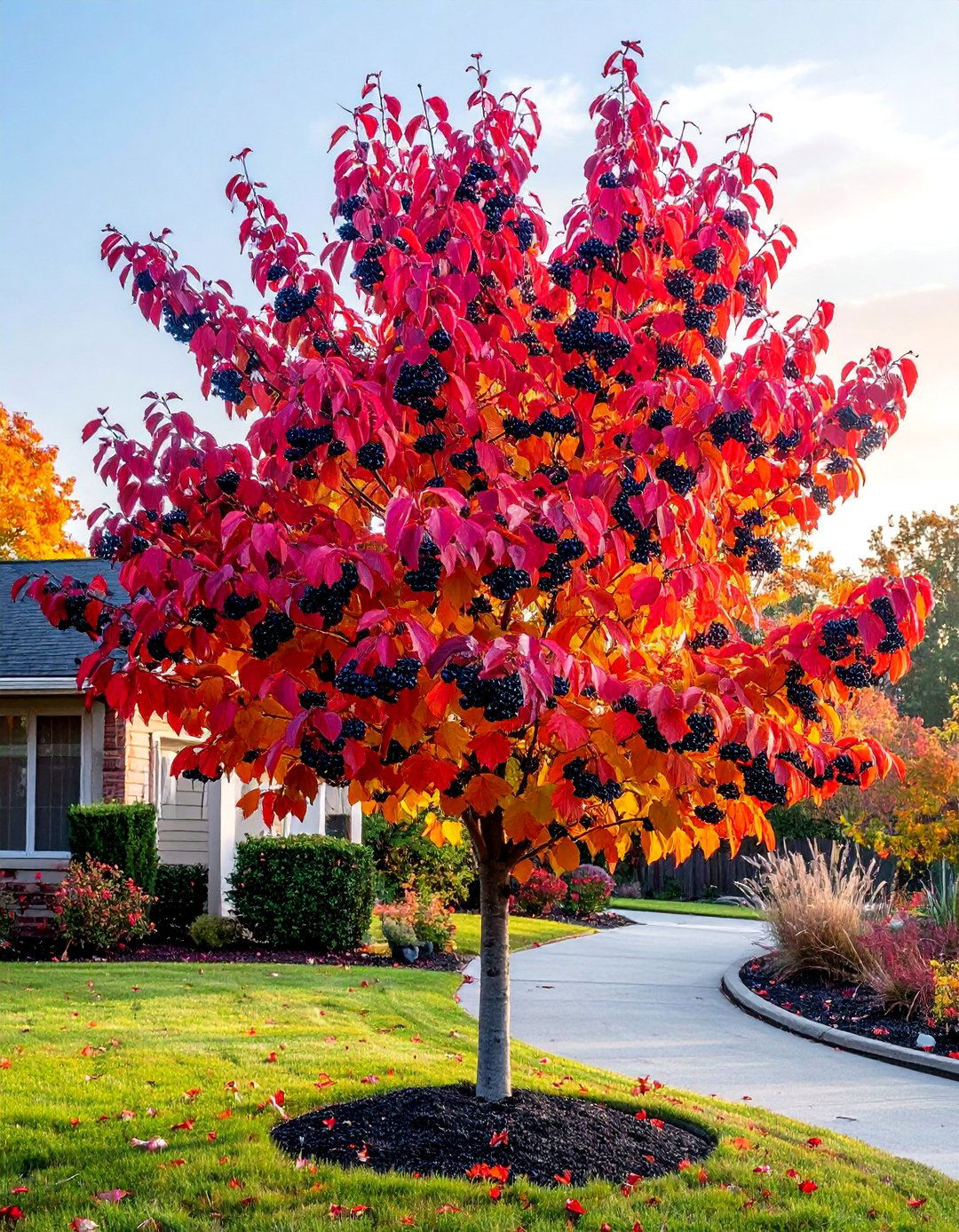
The Blackhaw Viburnum is a resilient and attractive North American native that can be grown as a large shrub or pruned into a small tree. In spring, it features flat-topped clusters of creamy-white flowers that are a valuable nectar source for pollinators. These are followed by clusters of pinkish fruits that mature to a bluish-black in the fall, providing a food source for birds and persisting into winter. Its dark green, glossy leaves turn a beautiful reddish-purple in autumn. This viburnum is highly adaptable to a wide range of soil conditions and is an excellent low-maintenance choice for a naturalistic landscape.
28. Smoke Tree for Ethereal Summer Plumes
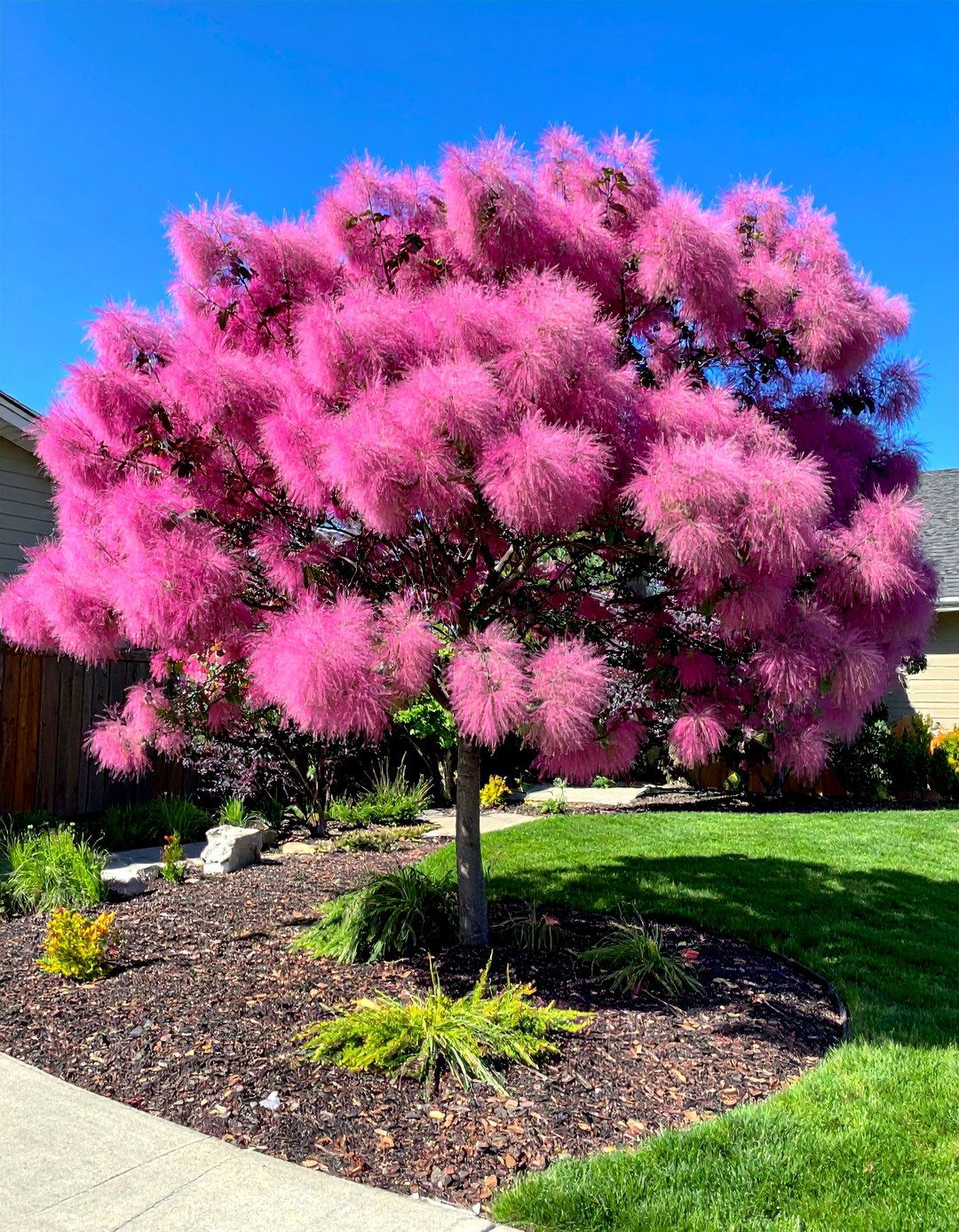
For a truly unusual and dramatic effect, the Smoke Tree is an unbeatable choice. In early summer, after its small flowers fade, the flower stalks elongate and are covered in fine hairs, creating large, airy, plume-like panicles that look like puffs of smoke. Varieties like 'Royal Purple' have deep purple foliage that makes a bold statement all season long, while others have green leaves that turn brilliant orange and scarlet in the fall. The smoky pink or purple plumes last for weeks, giving the tree a hazy, ethereal appearance that is sure to be a conversation starter in any front yard.
29. Weeping Norway Spruce for Unique Texture
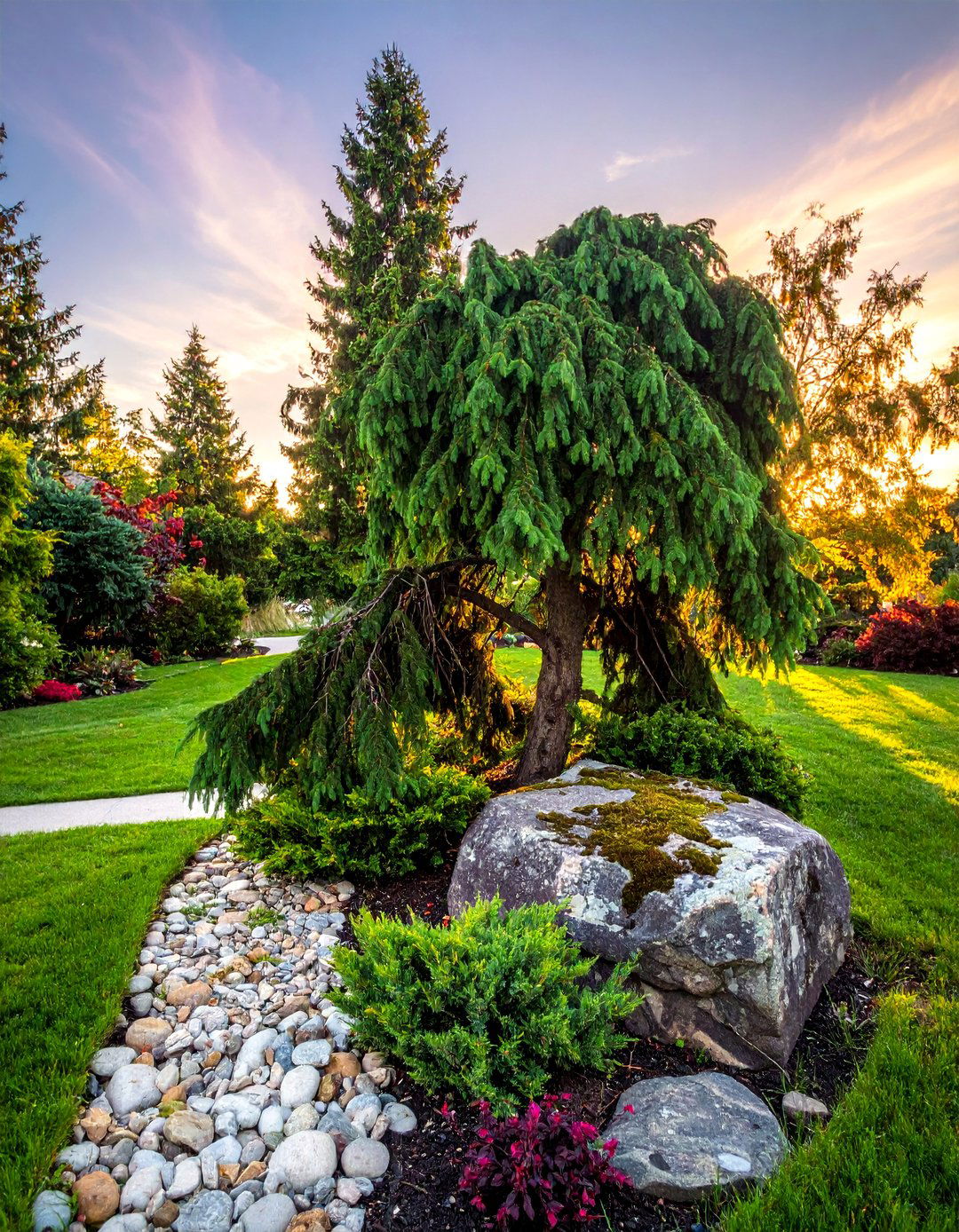
A Weeping Norway Spruce adds a dramatic, sculptural element to the front yard with its unique, pendulous form. This evergreen conifer has a strong central leader with gracefully weeping side branches that create a cascading skirt of dark green needles around its base. Each tree develops its own unique, irregular shape, becoming a living piece of art in the landscape. It is an excellent choice for a rock garden, as a specimen near a corner of the house, or cascading over a retaining wall. Its slow growth and distinctive texture provide year-round interest and a strong, artistic focal point.
30. Hawthorn Tree for Hardy Spring Flowers
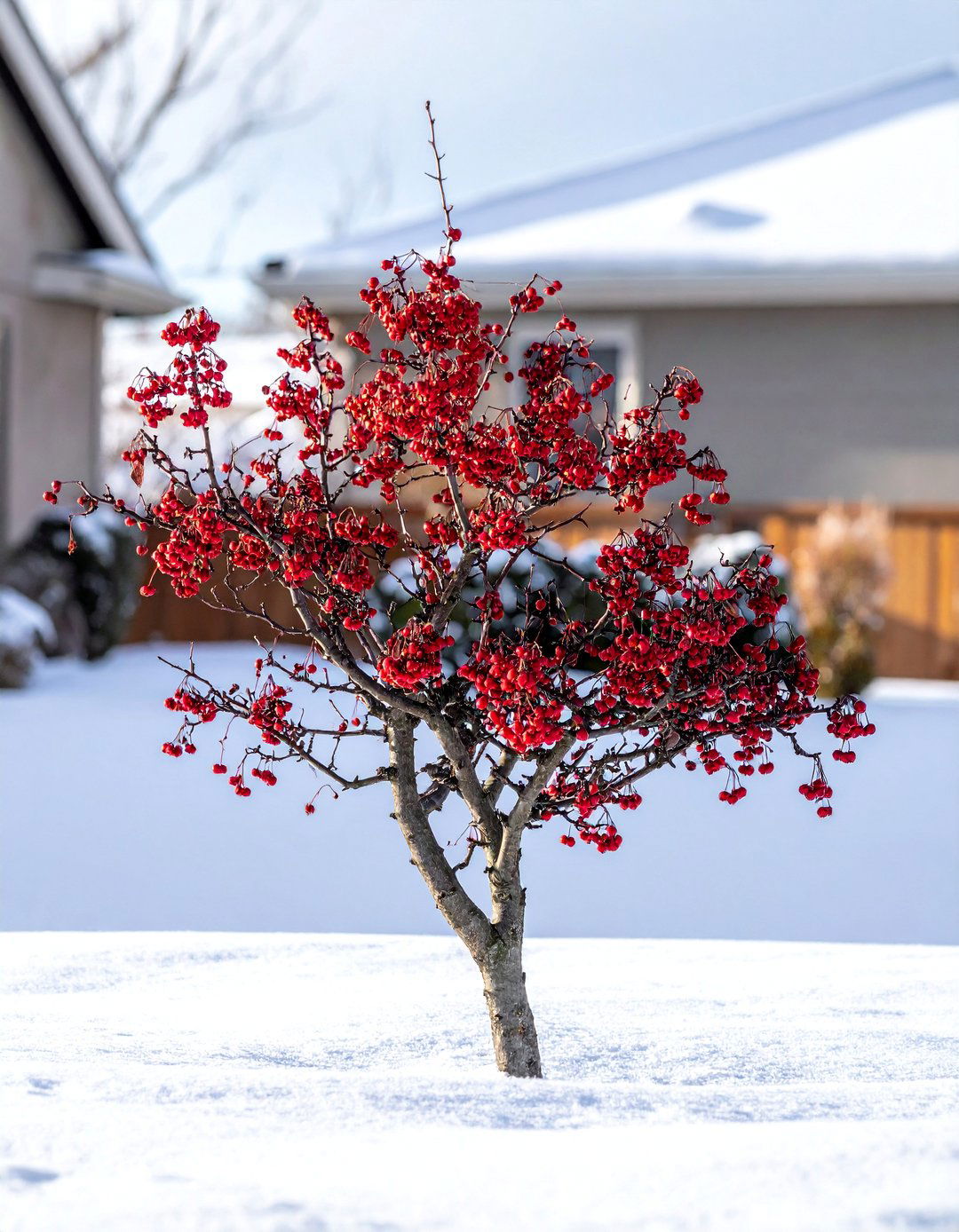
The Hawthorn is a tough, hardy, and resilient small tree that is well-suited for challenging urban or suburban environments. Varieties like the 'Winter King' Hawthorn are particularly prized for their ornamental qualities. In late spring, they are covered in clusters of white flowers, which are followed by masses of bright red berries that persist deep into winter, providing a vital food source for birds against a snowy backdrop. The tree also features handsome silvery-gray exfoliating bark and a pleasing, vase-like shape. Its combination of toughness and multi-season beauty makes it a reliable and attractive front yard choice.
Conclusion:
Selecting the right small tree is a rewarding investment in your home's curb appeal and local ecosystem. From the vibrant blooms of a Dogwood to the year-round structure of a Dwarf Spruce, the perfect tree awaits every front yard. By considering factors like bloom time, fall color, winter interest, and mature size, you can choose a specimen that not only complements your home but also provides beauty and enjoyment for all four seasons. A well-chosen tree becomes a living landmark, enhancing your landscape's character and value for decades.

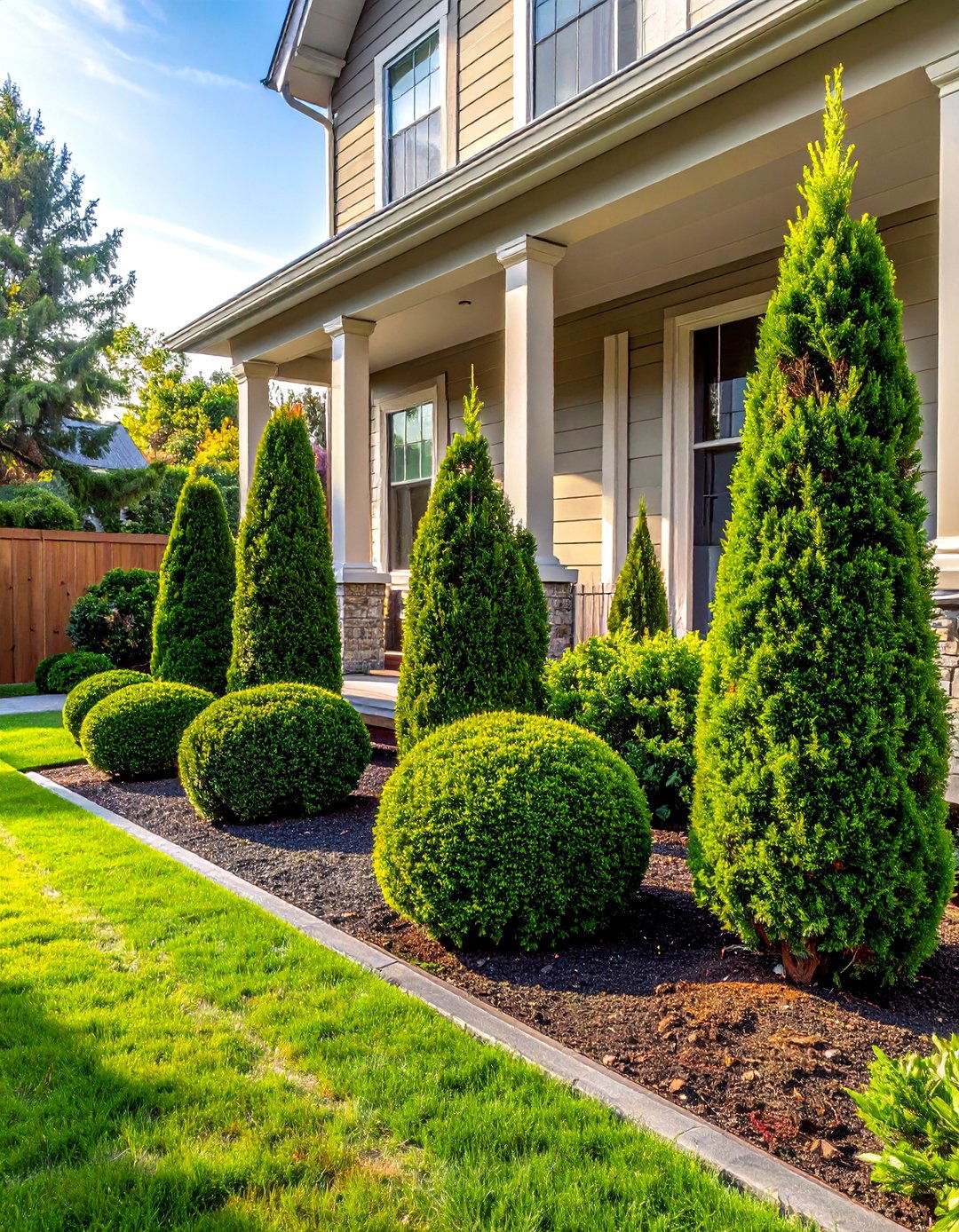
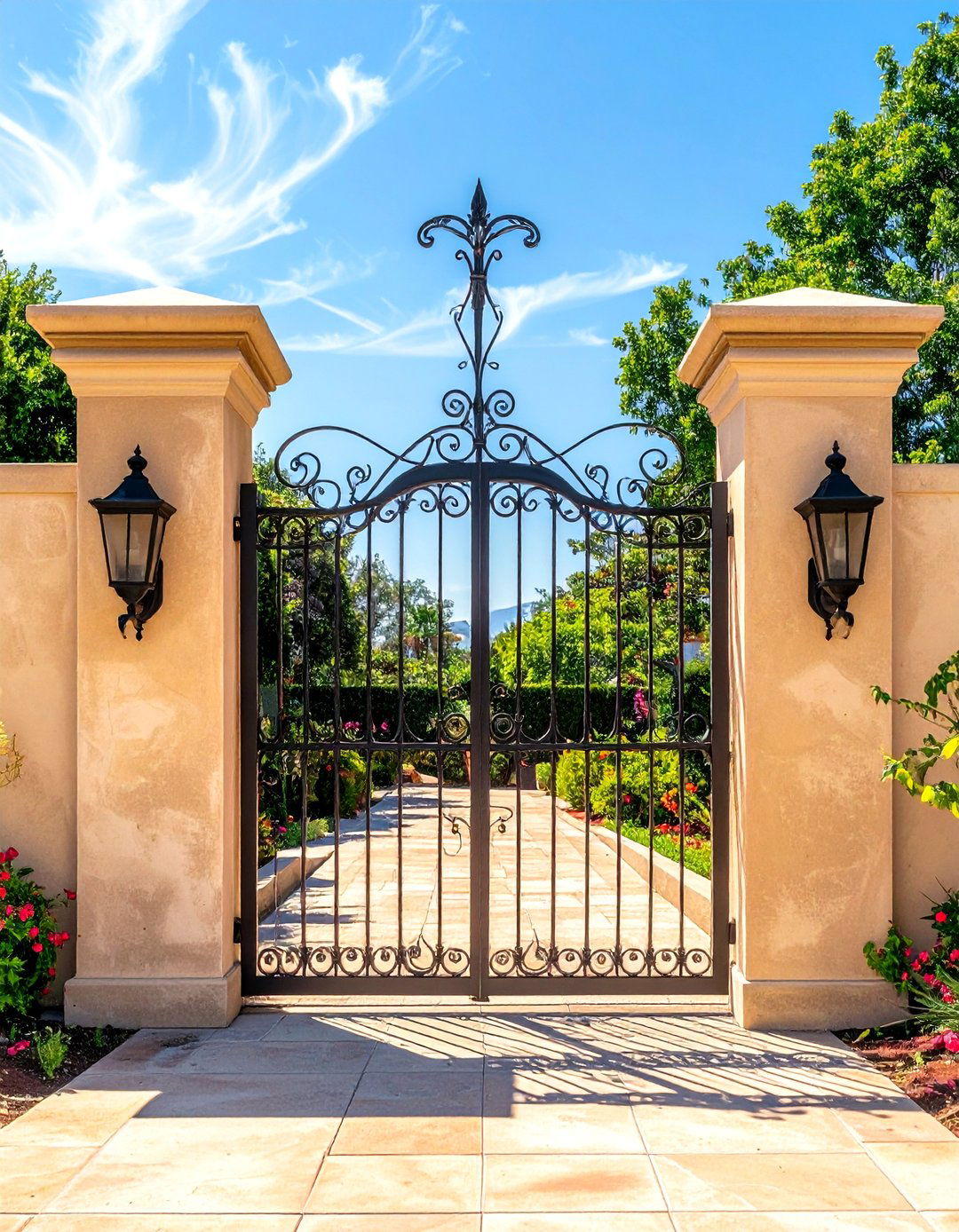
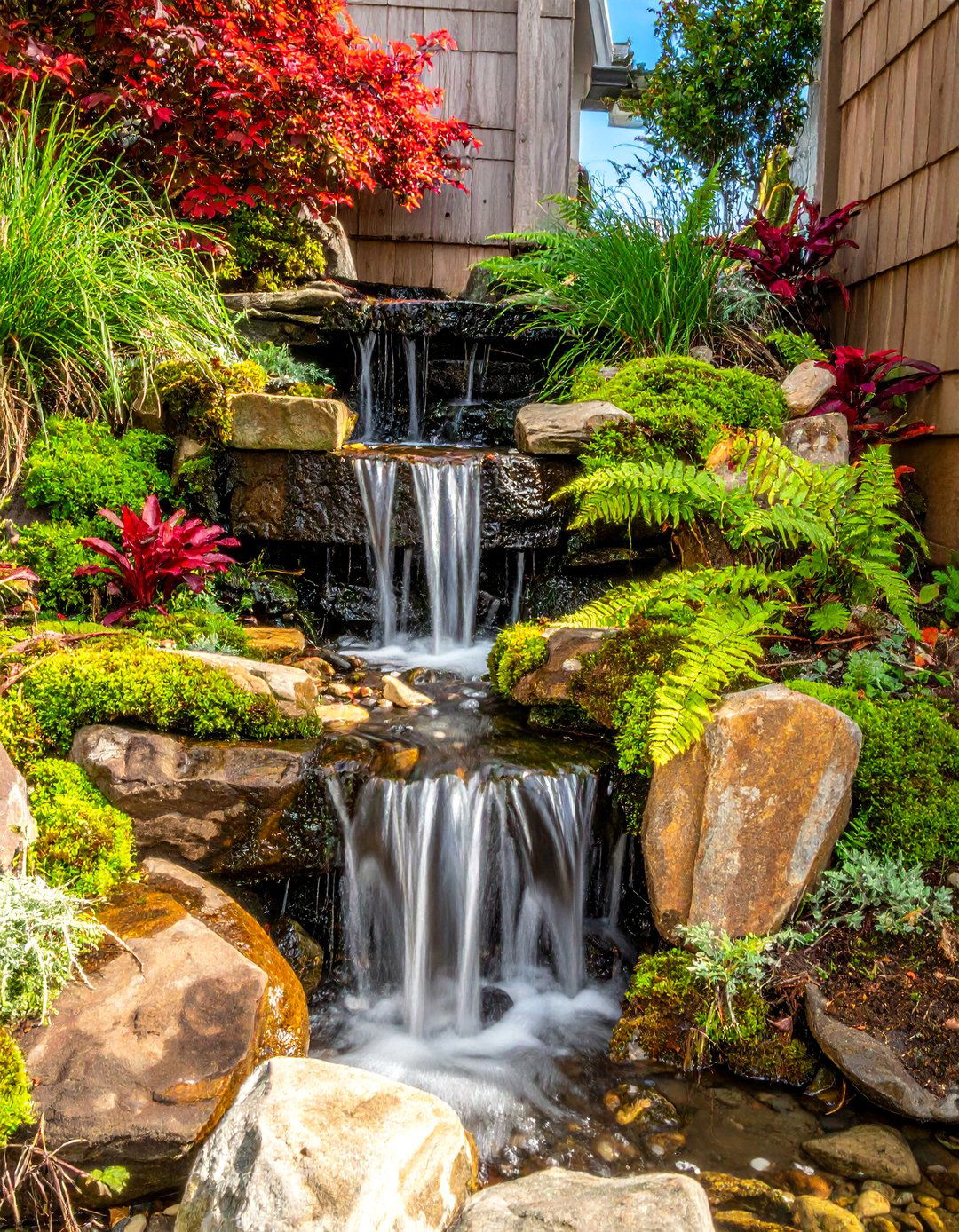
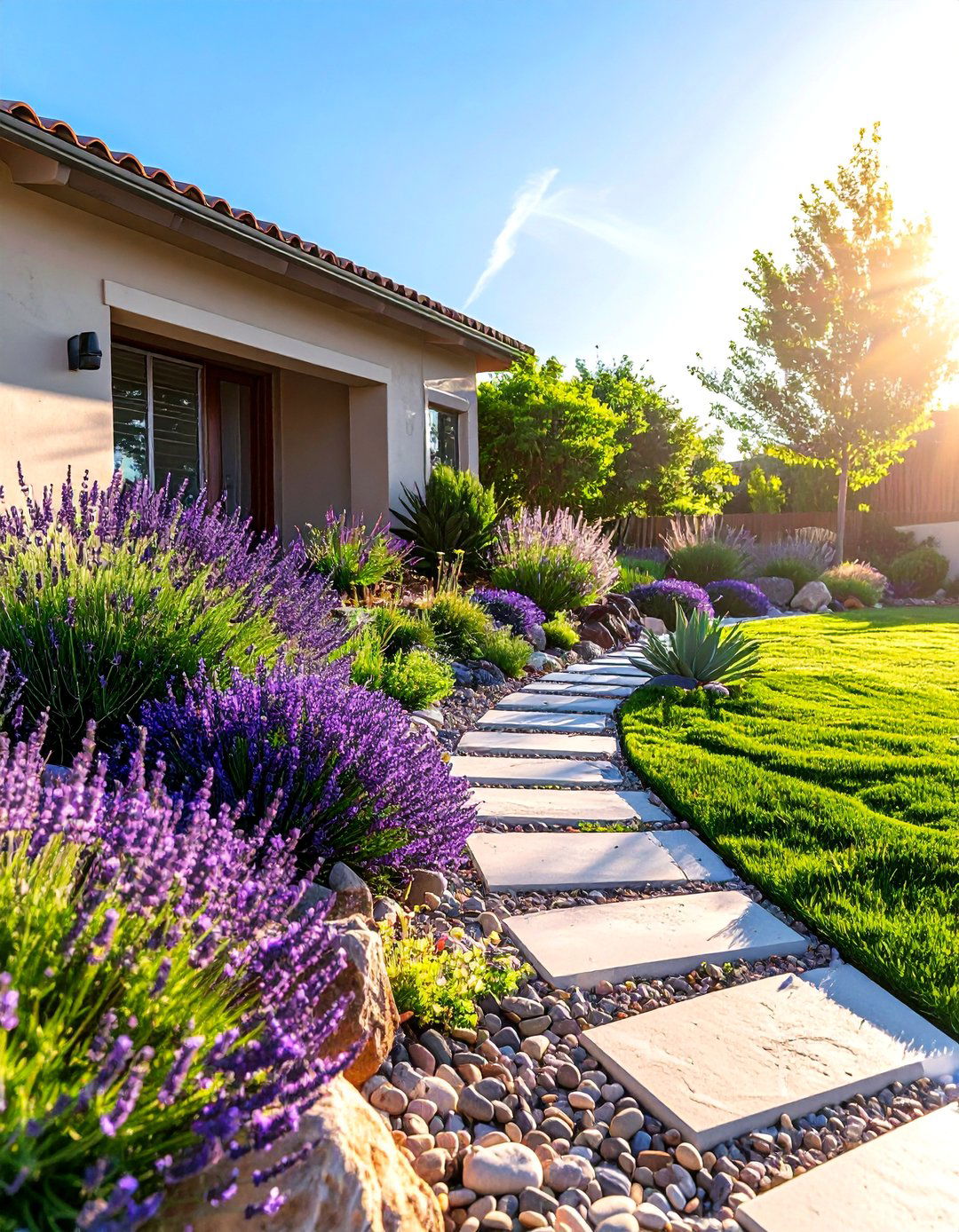
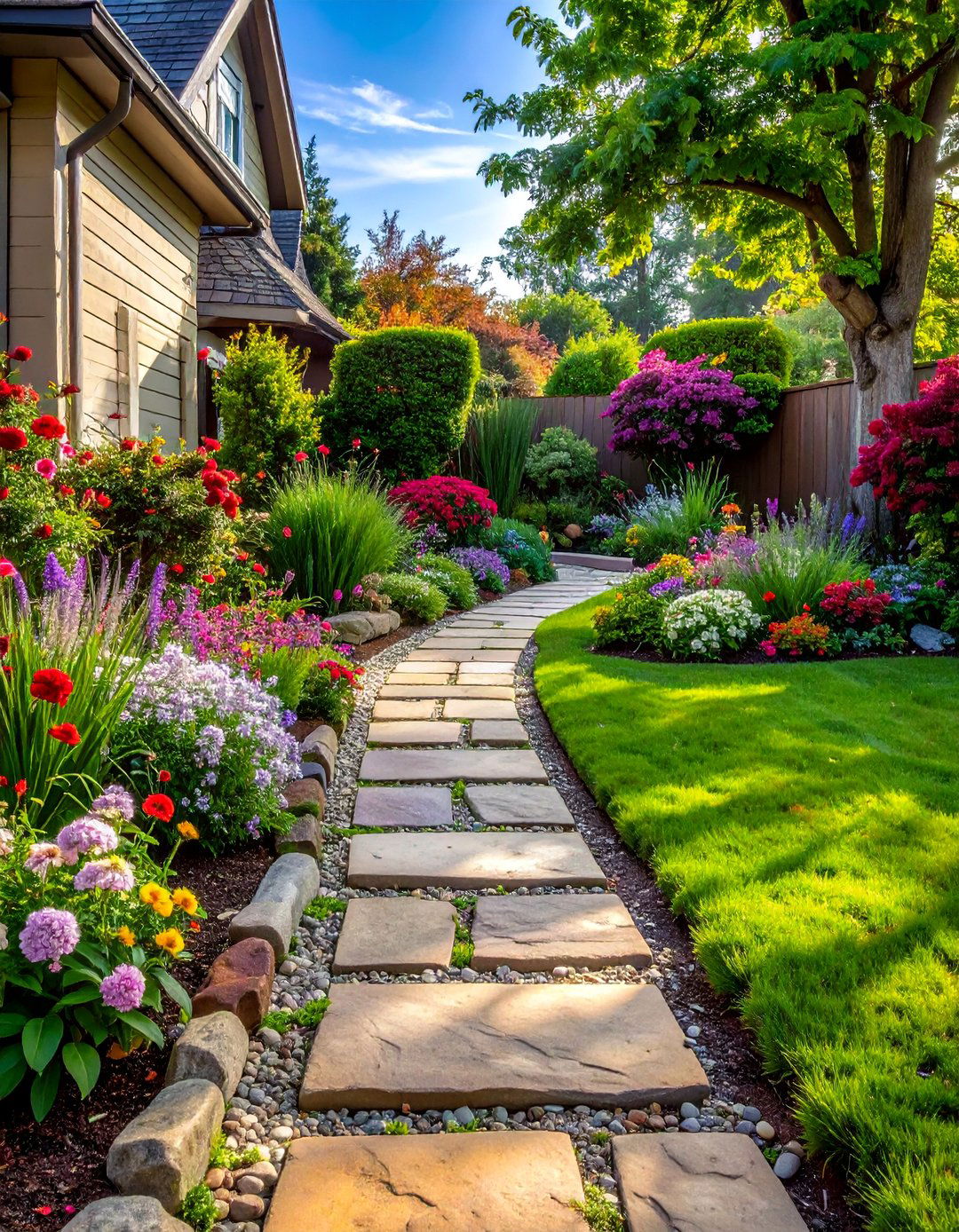
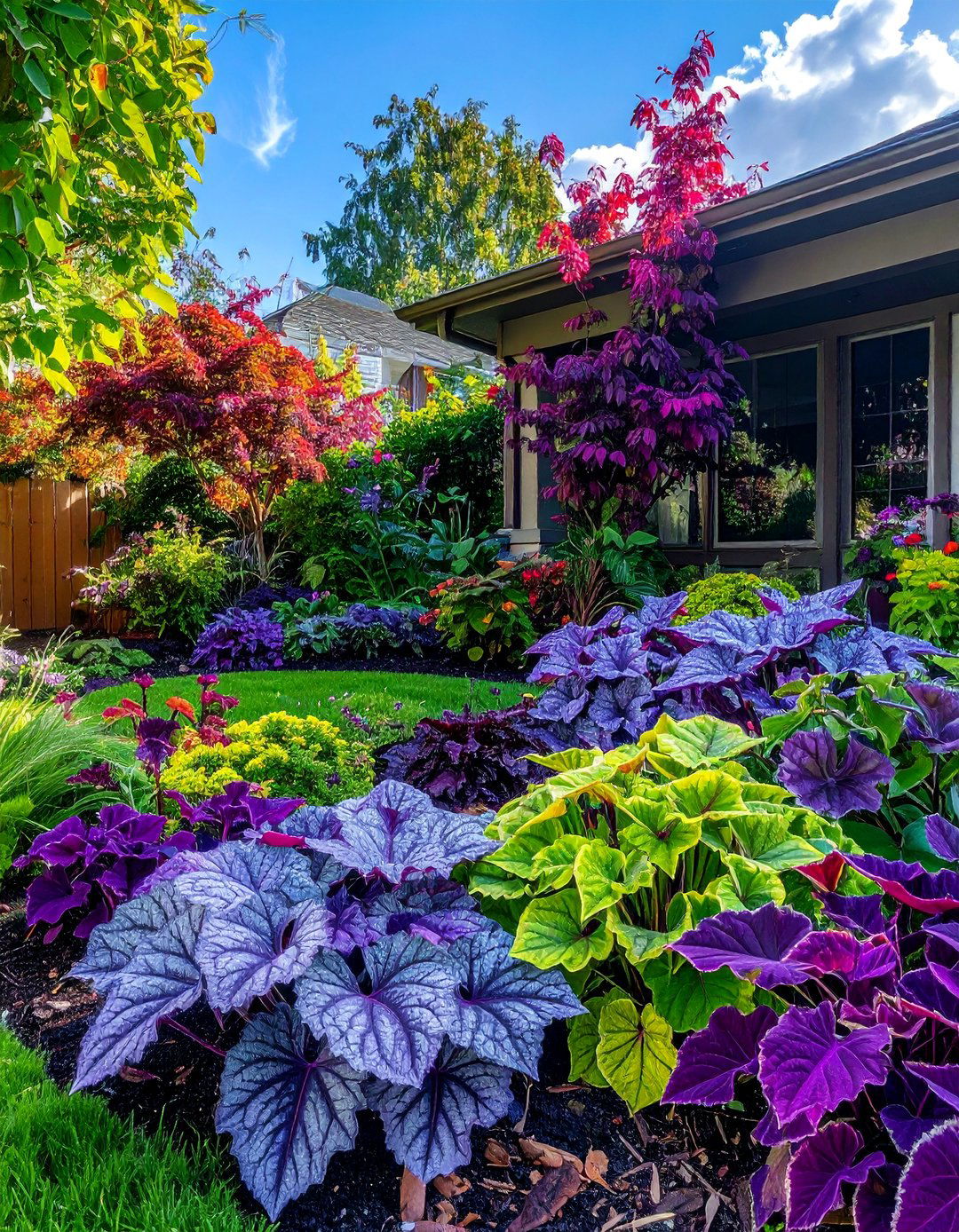
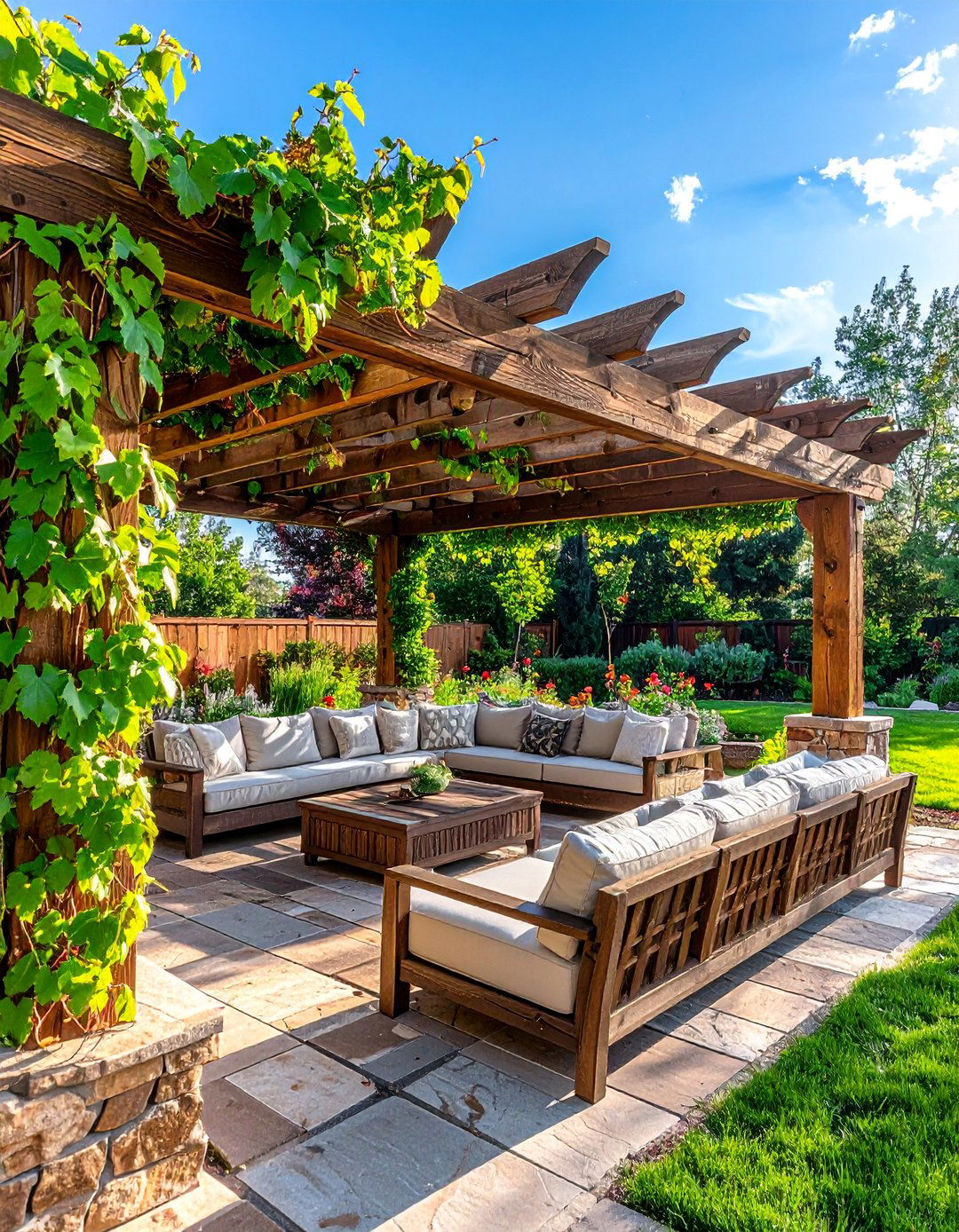
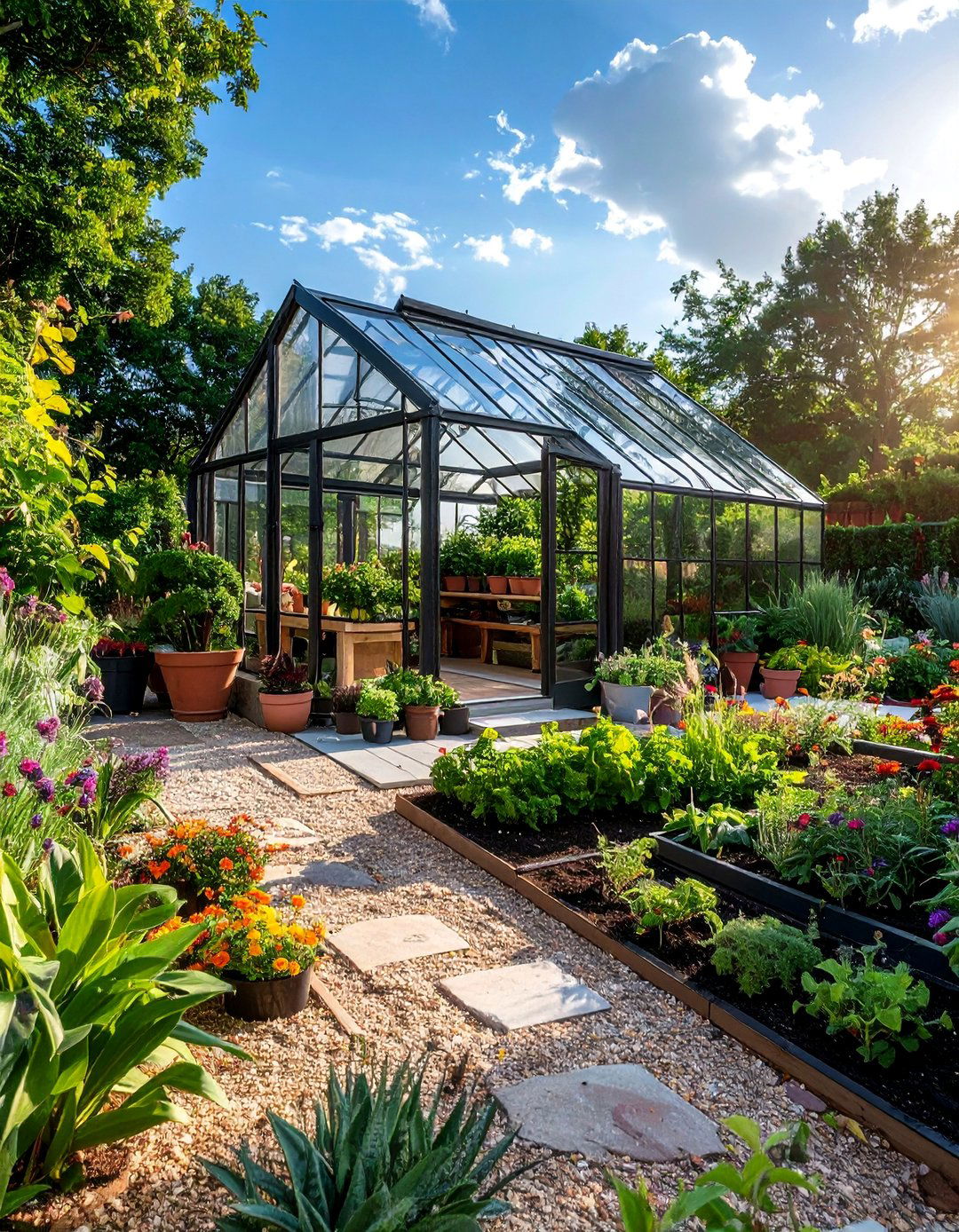
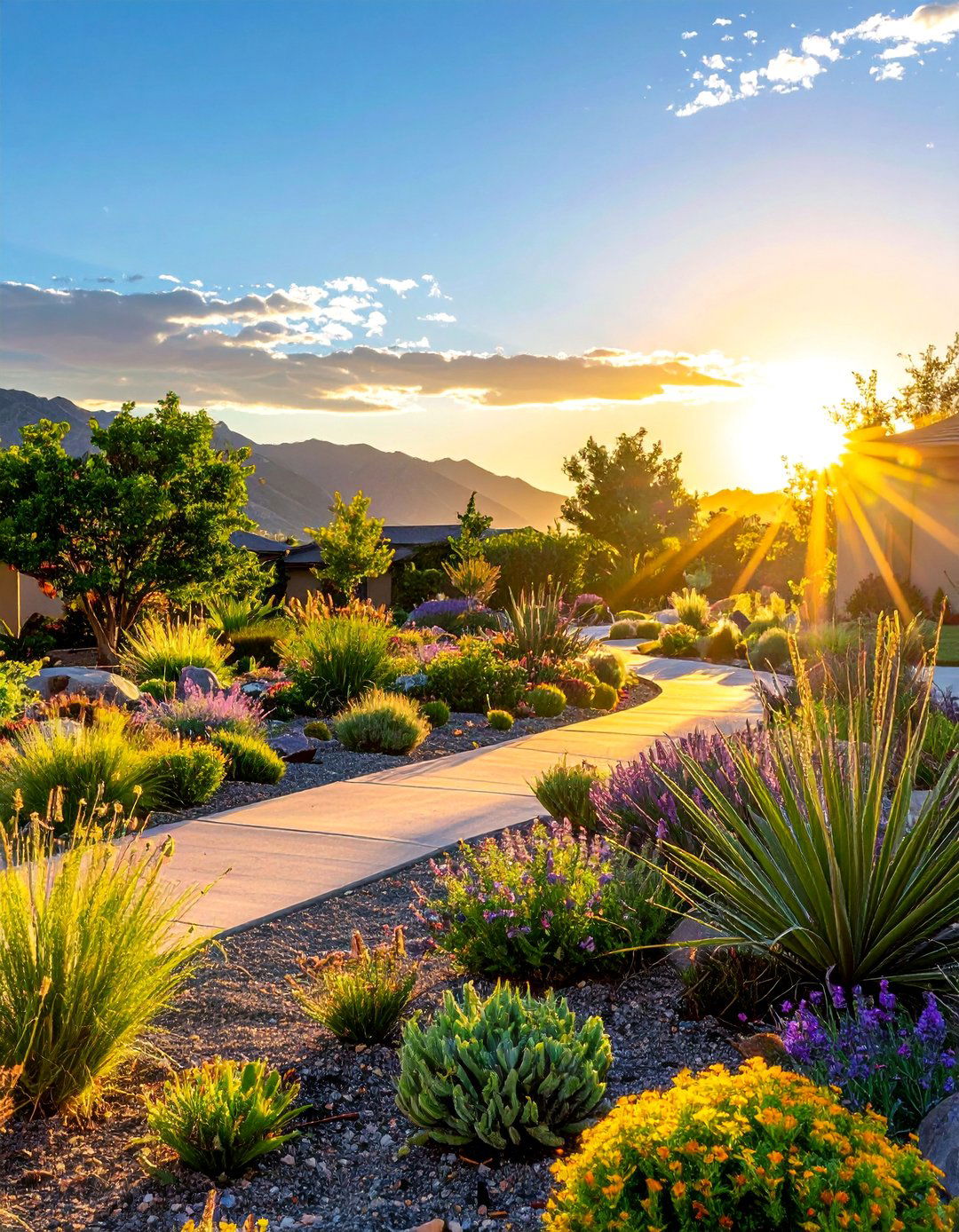
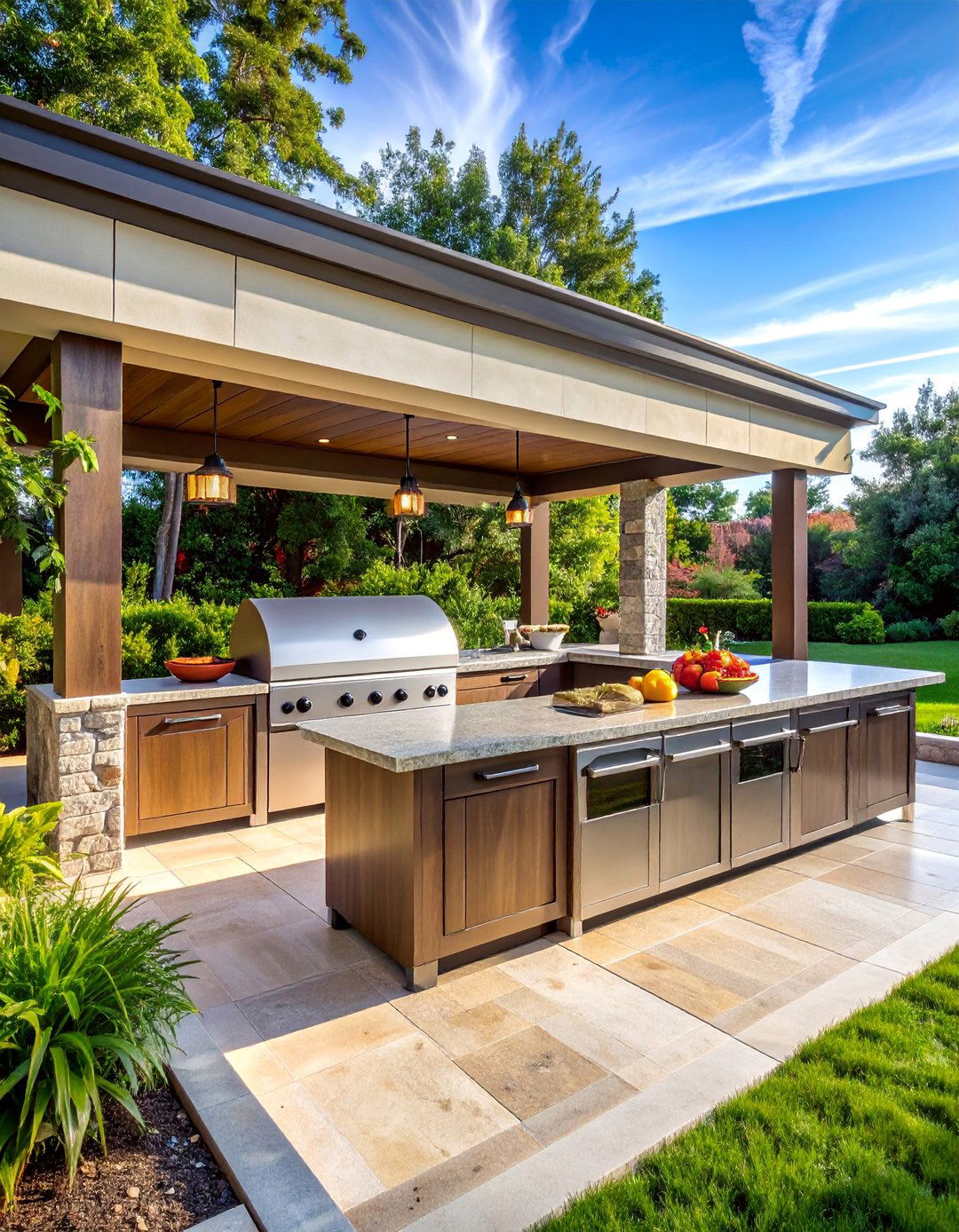
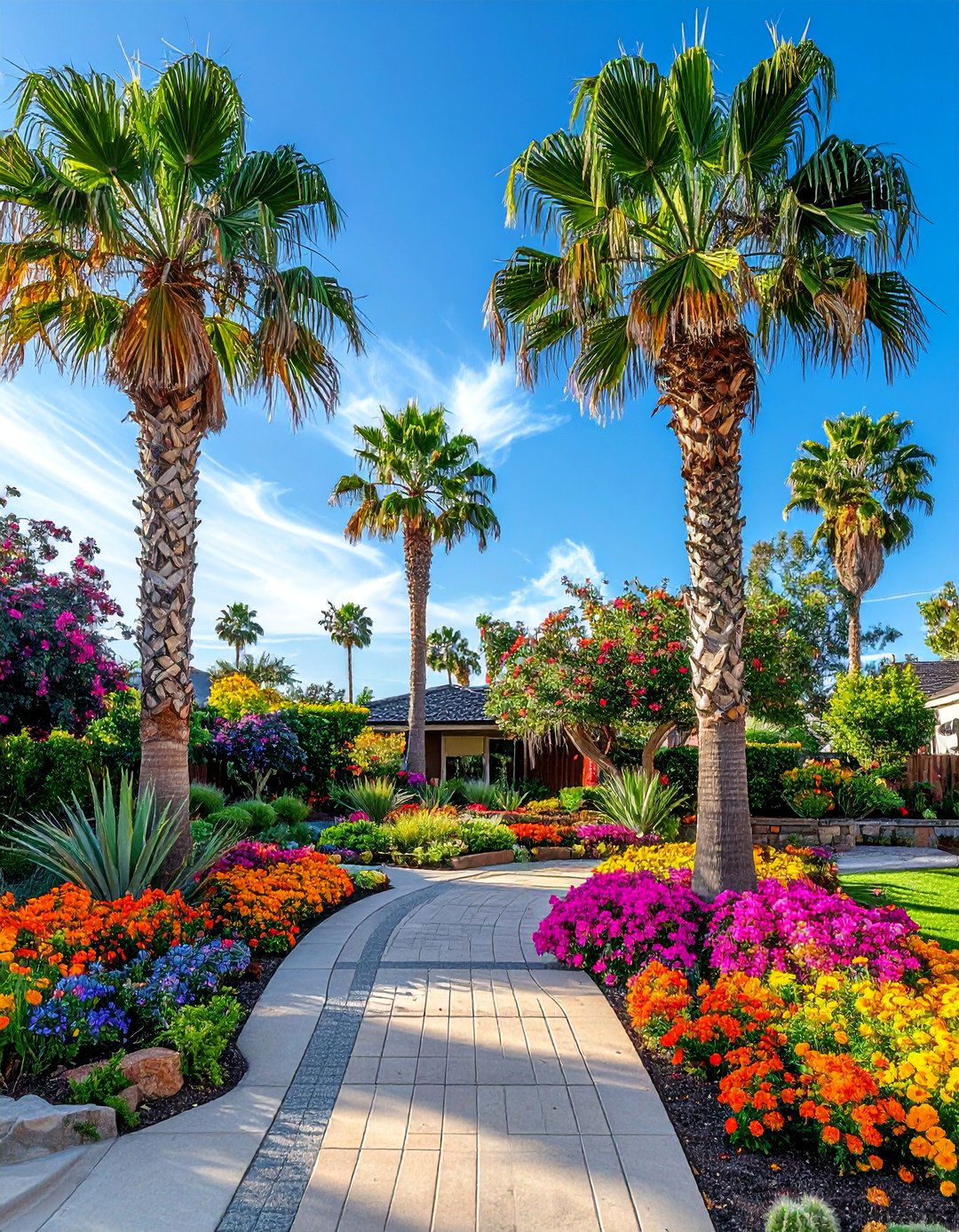
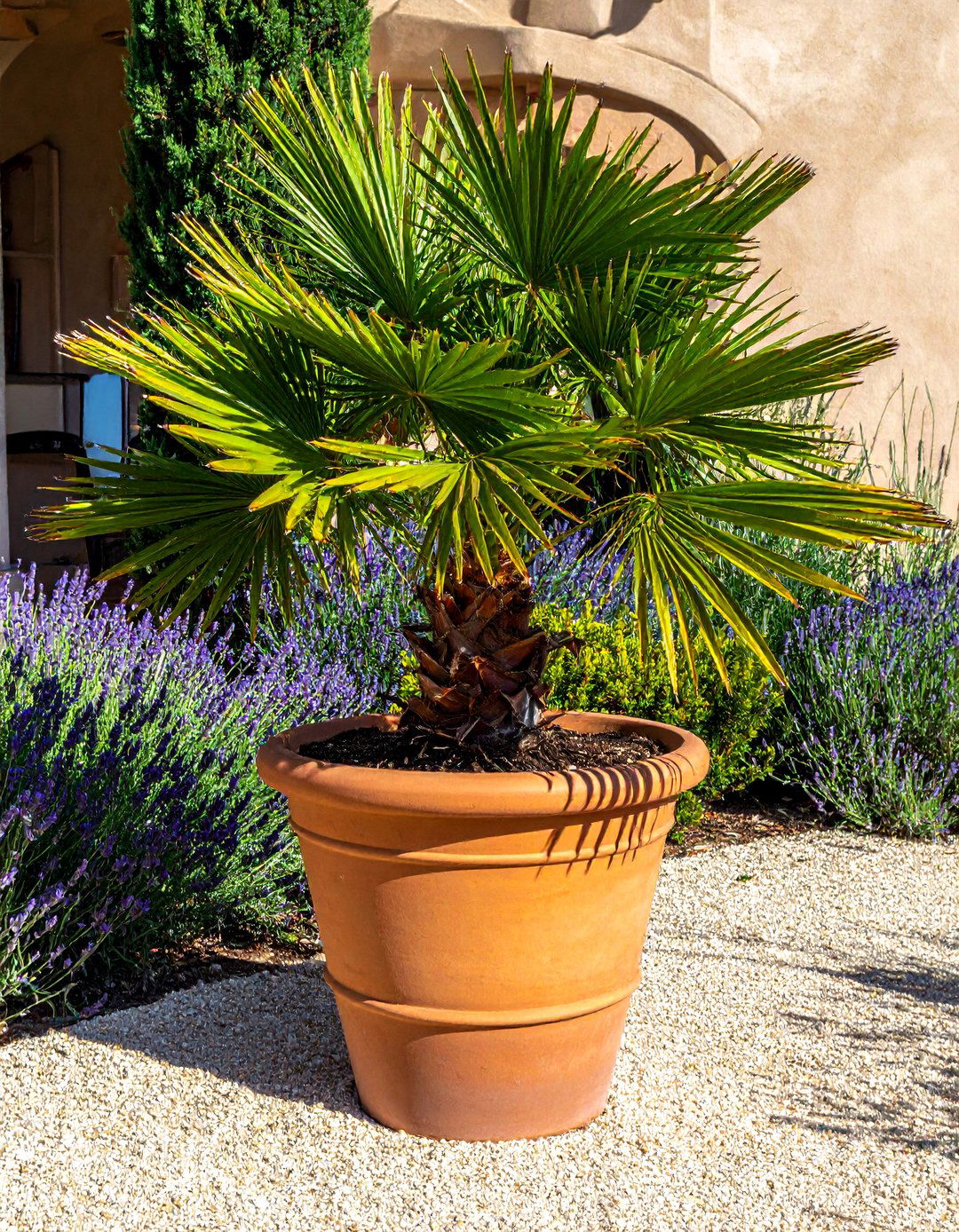
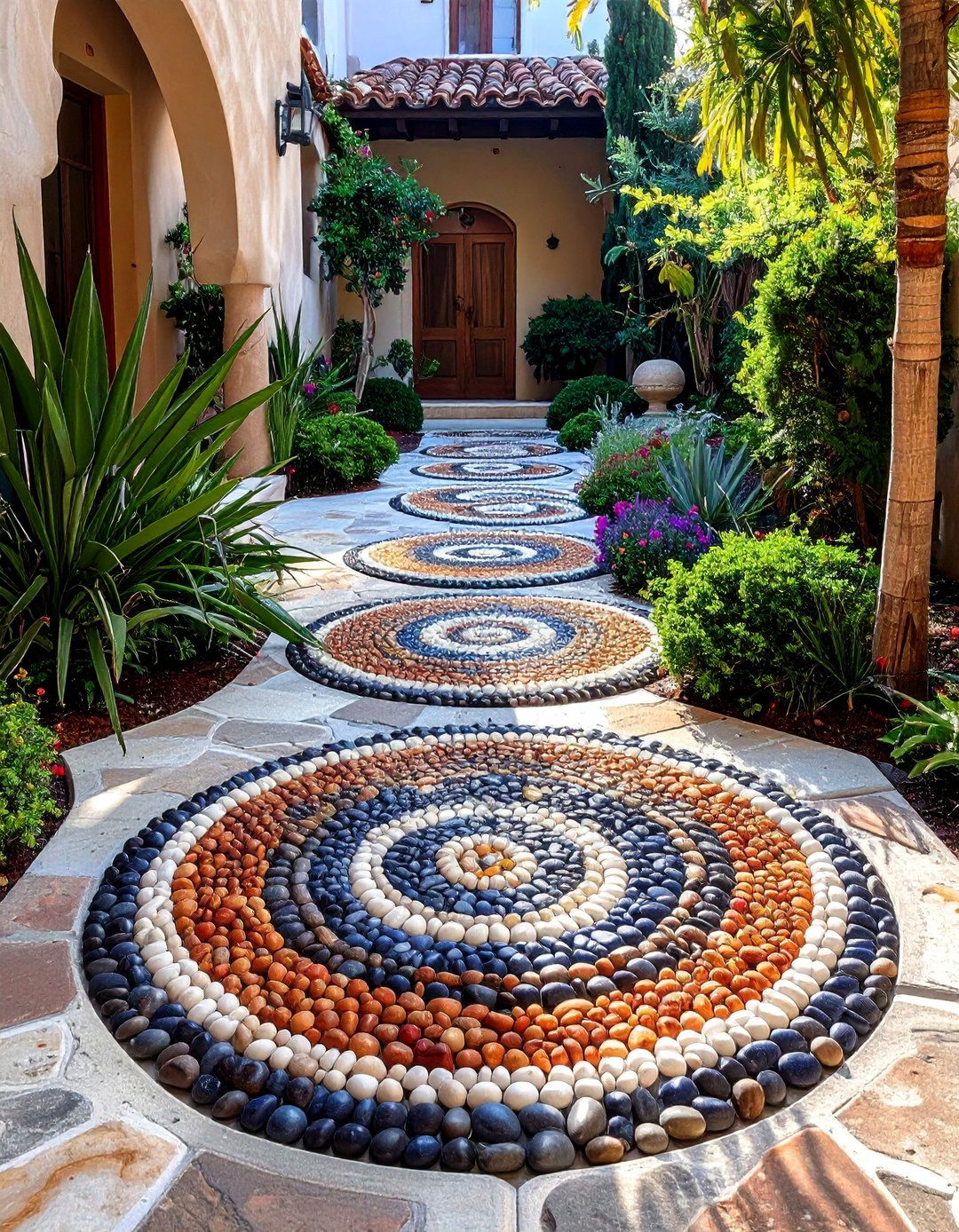
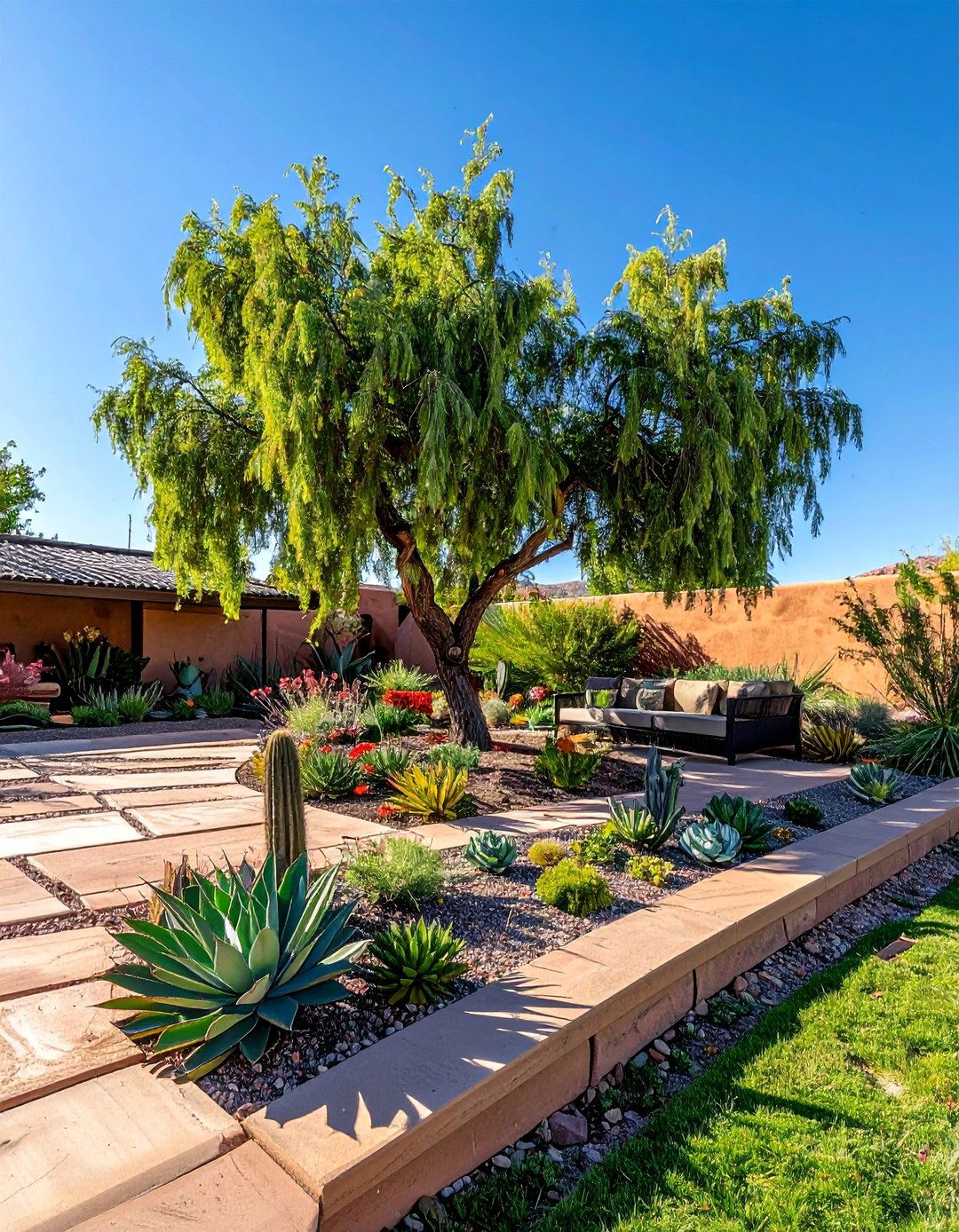
Leave a Reply